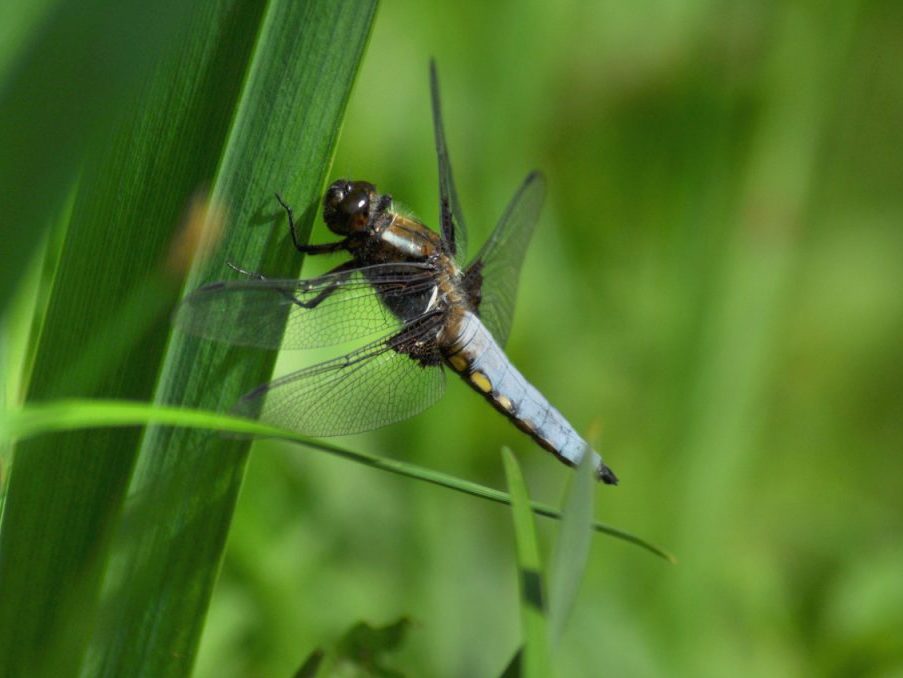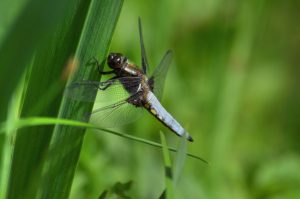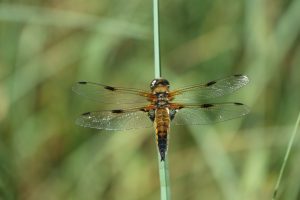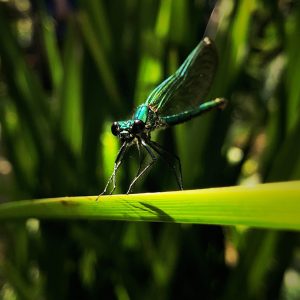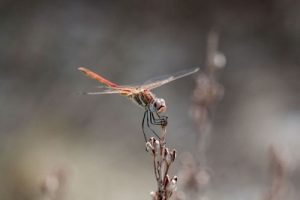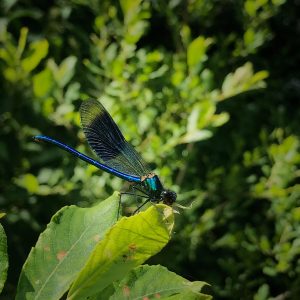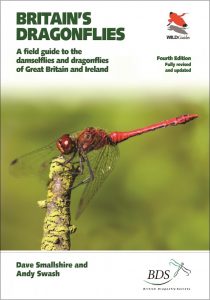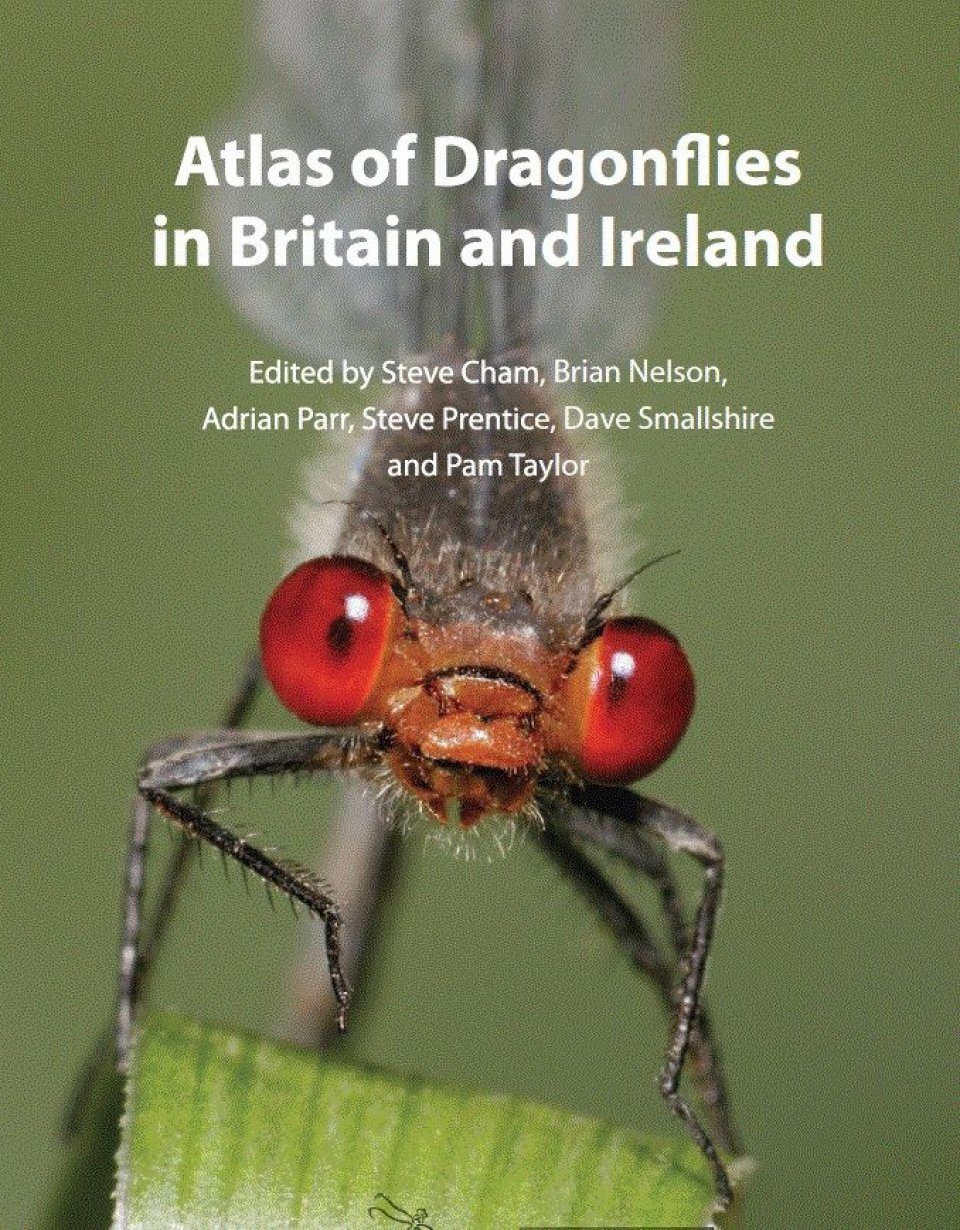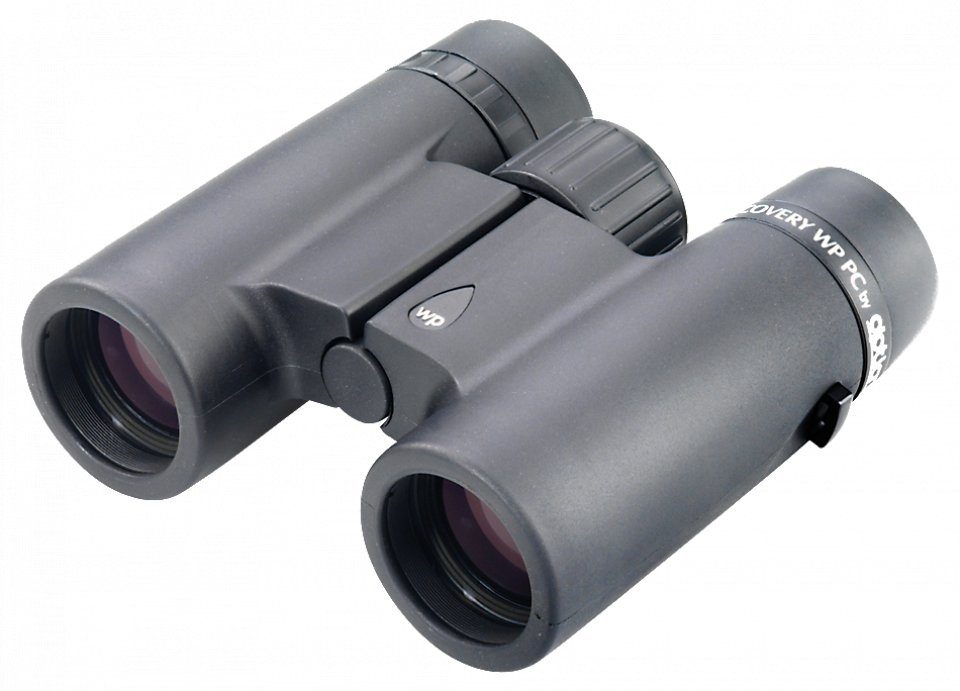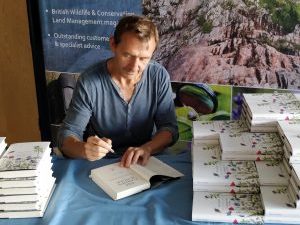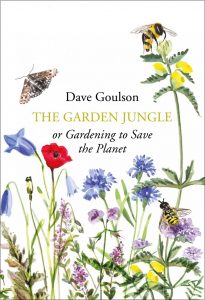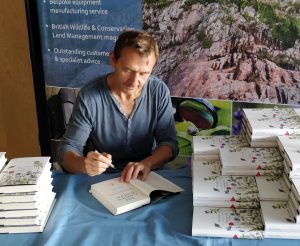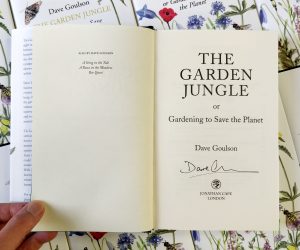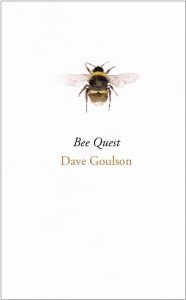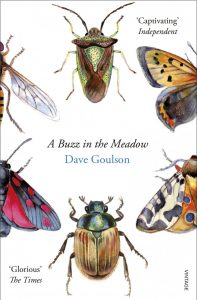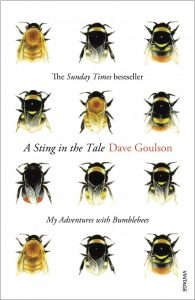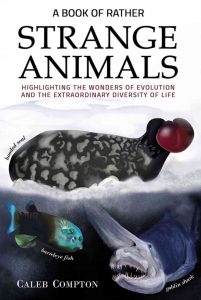 Caleb Compton, the creator of the hugely popular @StrangeAnimals on Twitter has recently released A Book of Rather Strange Animals – a collection of one hundred remarkable animal specimens from around the world. We recently asked Caleb some questions to learn more about his inspiration about this project and more. Caleb’s book has also been featured on the 2019 Summer Recess Reading List for Parliamentarians.
Caleb Compton, the creator of the hugely popular @StrangeAnimals on Twitter has recently released A Book of Rather Strange Animals – a collection of one hundred remarkable animal specimens from around the world. We recently asked Caleb some questions to learn more about his inspiration about this project and more. Caleb’s book has also been featured on the 2019 Summer Recess Reading List for Parliamentarians.
- Tell us a little about your background and how you got interested in the weird and wonderful?
My interest in the natural world started from a young age. As a child, I used to read books about unusual animals and watched a lot of nature documentaries (my favourites were those narrated by Sir David Attenborough). I started researching strange lesser-known animals after I finished school, and had the idea of creating a Twitter account to showcase these fascinating species. So I set up the @StrangeAnimaIs Twitter account in 2013, where I posted facts and pictures of these obscure creatures, pointing out any conservation issues associated with them. I started my biosciences degree the same year, at the University of Exeter, and specialised in animal biology in my final year. My modules included marine biology, ecology and animal psychology, and my dissertation title was based on the decline of pollinators and the government’s response to this ecological crisis. I was fascinated learning about these topics and it grew my passion for the subject.
- Your book is full of very different animals – how do you come across such an eclectic group of animals?
I originally started the research for my book back in 2013, when I first created my Twitter account. Over the years, I have discovered many animal facts and pictures, which I post on @StrangeAnimaIs. When I started planning my book, I went through all my previous tweets and picked out what I thought were the weirdest animals. I wanted a range of species in the book, including an even mix of amphibians, fish, birds, reptiles, mammals and arthropods. After making a list of all the species I wanted to write about, I set about finding as much information as I could on each animal, trawling through websites, books and scientific papers. Using the reference material, I compiled notes on these animals and then typed them up in the format of my book.
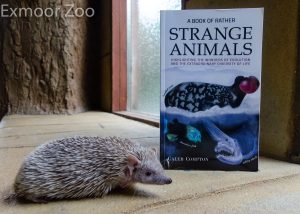
- What was the biggest challenge in writing the book?
My biggest challenge was staying focused whilst writing. About halfway through the book, I was struggling to carry on and lost my motivation. By this point, I had been writing in my free time for almost four months and it was getting too much, and I didn’t have much time to myself. I decided to take a break, and didn’t do any writing for a few months. That was what I needed and when I went back to it later, I was a lot more motivated, and managed to finish the rest of the book over the next couple of months.
- Many of the oddities that depict a strange animal are useful adaptations, what is your most memorable of these adaptations?
There are quite a few animals in the book that have some really fascinating adaptations. My three favourites are probably the Suriname toad, aye-aye and the isopod Cymothoa exigua.
The Suriname Toad is a unique amphibian from South America, which has developed a rather interesting method for raising its young. After mating, the male implants the fertilised eggs into the female’s back, where they settle into pockets. Skin grows over the eggs, keeping them safe until they hatch weeks later as fully formed frogs.
The Aye-aye is an endangered primate from the island of Madagascar. They have an incredible adaptation for finding food, where they tap their elongated middle finger on branches and listen out for the vibrations. When they detect a grub, they will bite a hole in the bark with their rodent-like teeth, and insert their finger to skewer the grub. This foraging method is called percussive foraging and it’s extremely rare in mammals.
The parasitic isopod Cymothoa exigua has a horrifying lifecycle, where they enter the gills of fish as males. Here, one of them will develop into a female, and travel through the fish into its mouth. Then the isopod causes the fish’s tongue to atrophy and fall off, and then attaches itself to the newly formed stump. From now on, the isopod acts as the fish’s tongue (it’s the only known parasite to completely replace a host’s organ), grinding up food for its host and feeding on scraps of food.
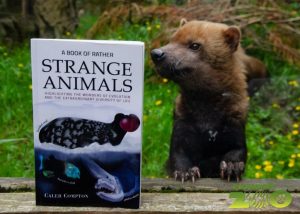
- Your Twitter feed is full of great information, do you have any advice for anyone wanting to start up a successful twitter profile?
I would say the best way to grow an account on Twitter is to come up with a good theme for the account and then post regular content that fits in with that theme. Go for something that you are passionate about, because if you’re not interested in it, then others won’t be either. Interacting with followers and similar accounts is also a great way to increase engagement. Another piece of advice I would give is to stick with it, even if the audience growth is slow! My account had just 200 followers for a good part of a year, but I kept going and eventually this audience grew to over 40,000. Combined with my other accounts @NatureIsWeird and @Extinct_AnimaIs, I now have a combined reach of 200,000 people.
- Do you have any future projects or aspirations?
I have actually just started writing my next book, which is going to be about lesser-known extinct animals. This is going to be based on my other Twitter account, called @Extinct_AnimaIs and will feature a range of obscure animals (not just dinosaurs) that once roamed the earth. There are so many bizarre creatures, it’s actually hard to believe that some of them actually existed. After doing some research into extinct species for my Twitter account, I have become fascinated by them and I would love to share this with people. I think this is a perfect time to get another book out there, after the success of A Book of Rather Strange Animals.
I am also looking at getting into a career in conservation, and hope to secure a role in this area soon.
 A Book of Rather Strange Animals: Highlighting the Wonders of Evolution and the Extraordinary Diversity of Life
A Book of Rather Strange Animals: Highlighting the Wonders of Evolution and the Extraordinary Diversity of Life
With fascinating descriptions of nasty feeding habits, bizarre mating rituals and shocking defence mechanisms, you will marvel at both the splendour and gruesomeness of nature.
£12.99

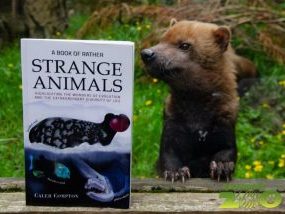
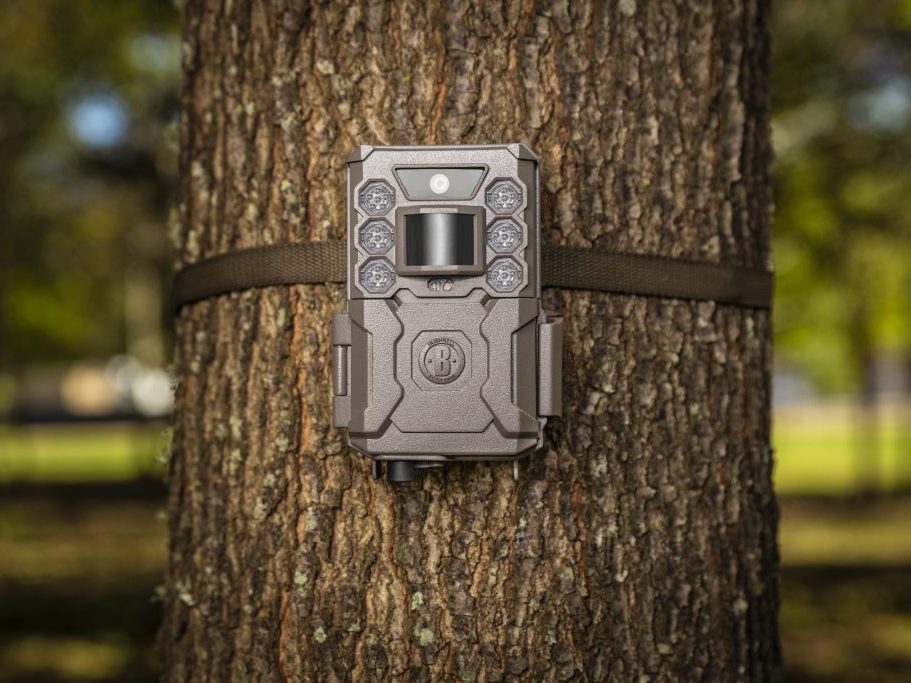
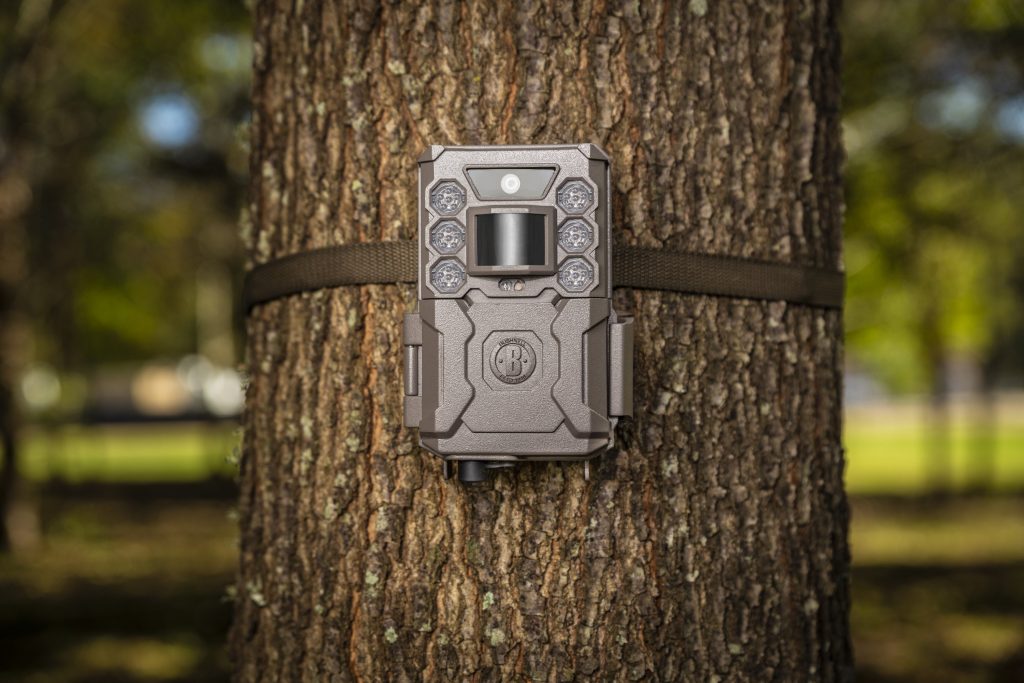
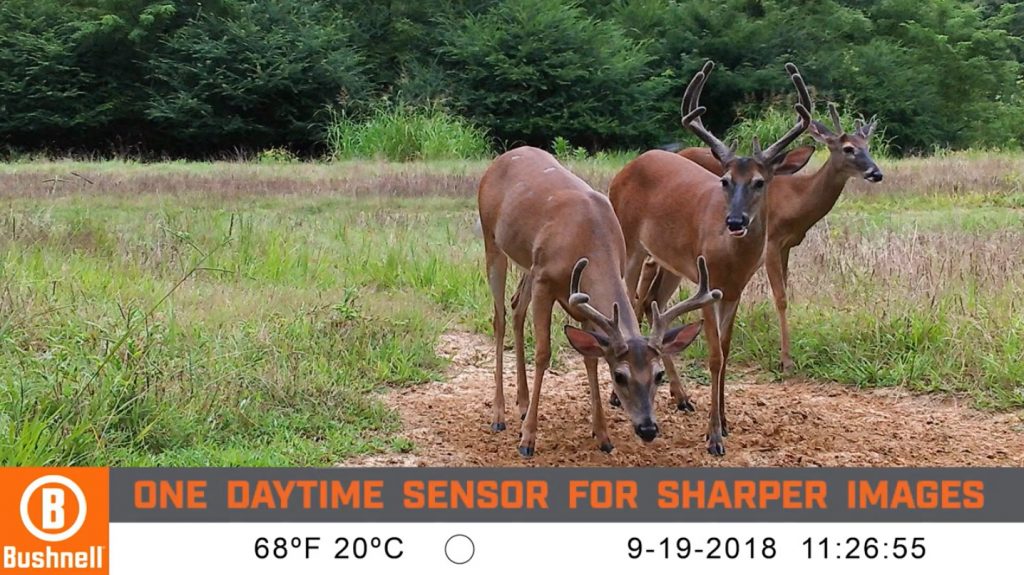
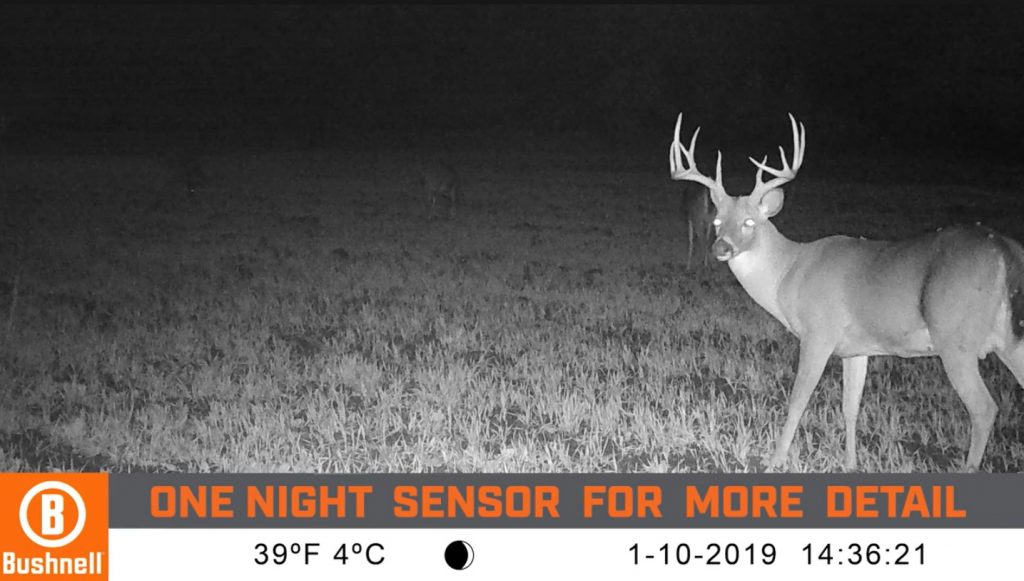
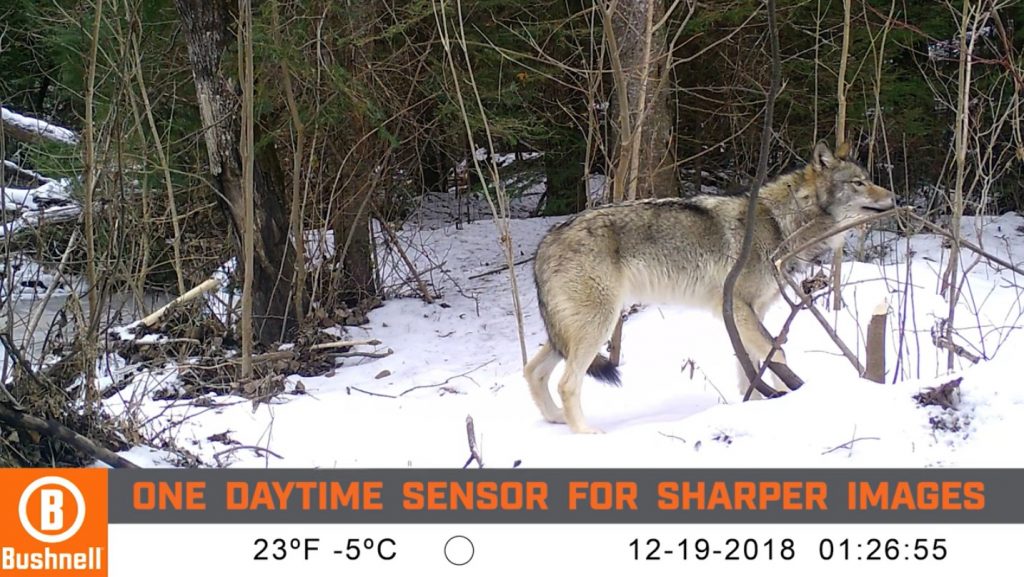
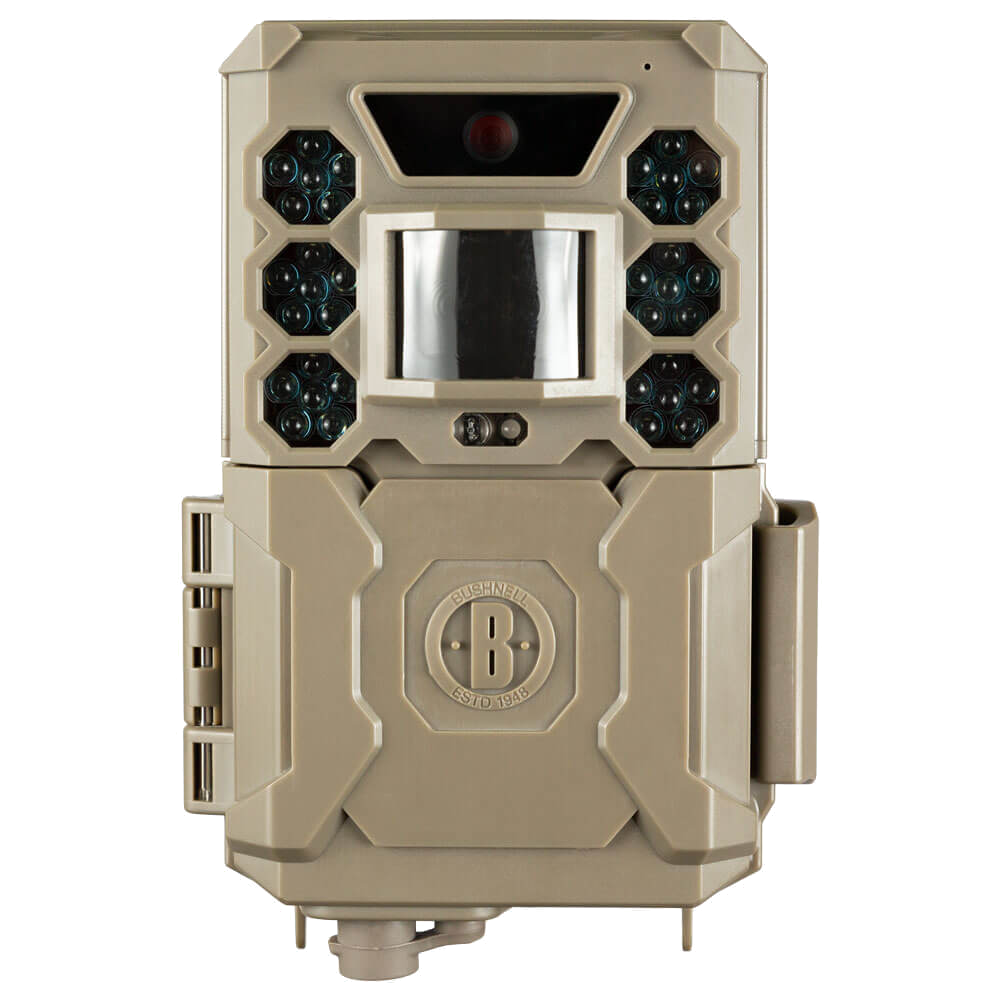

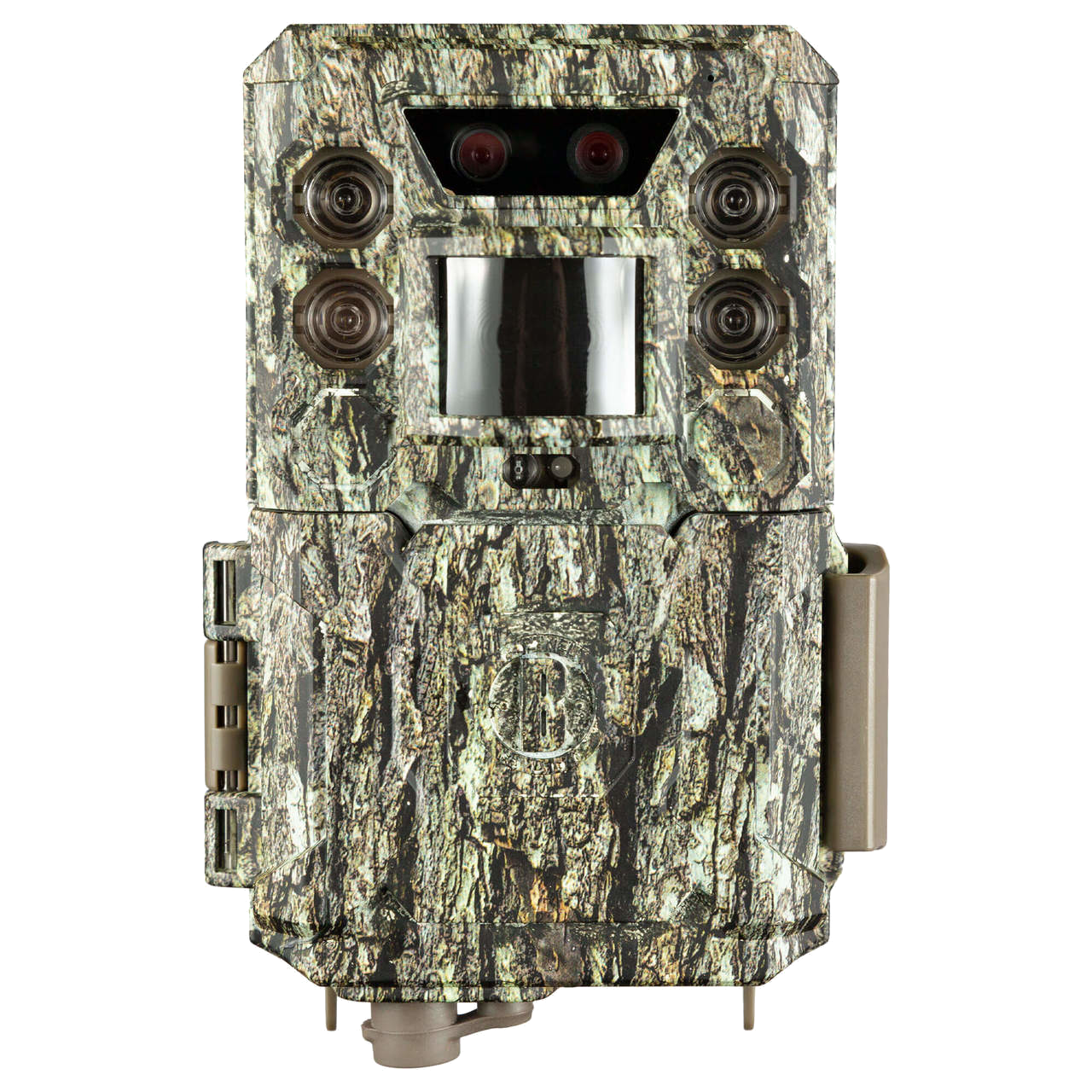
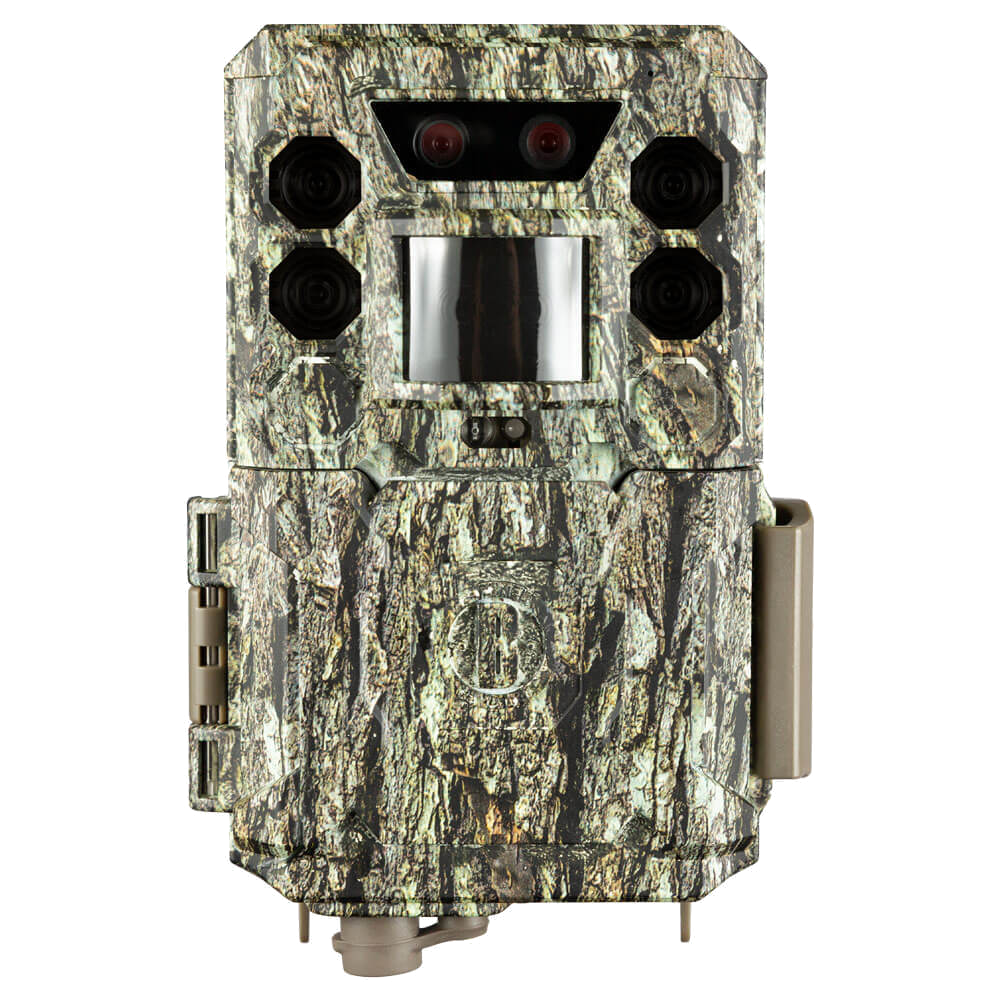
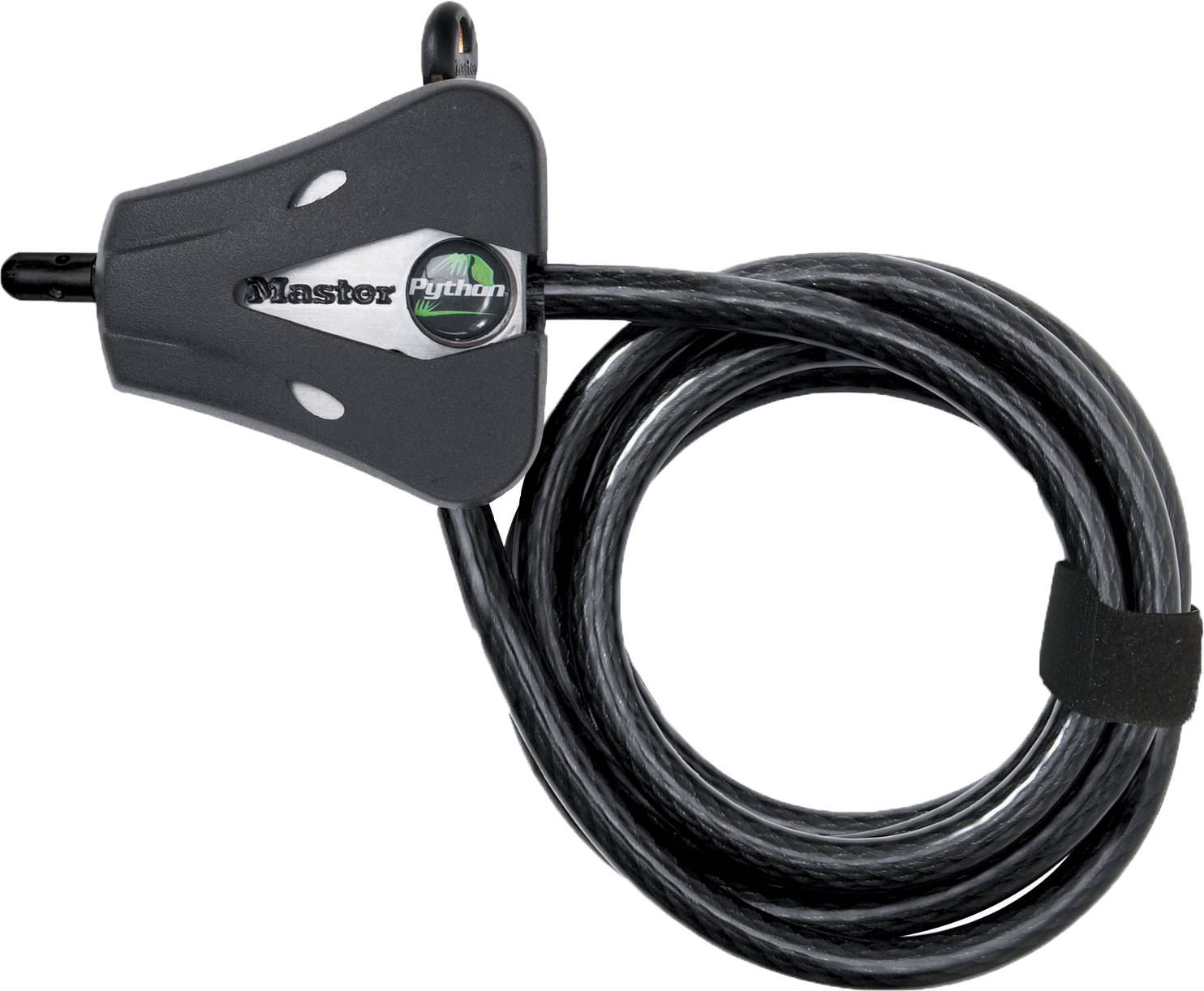


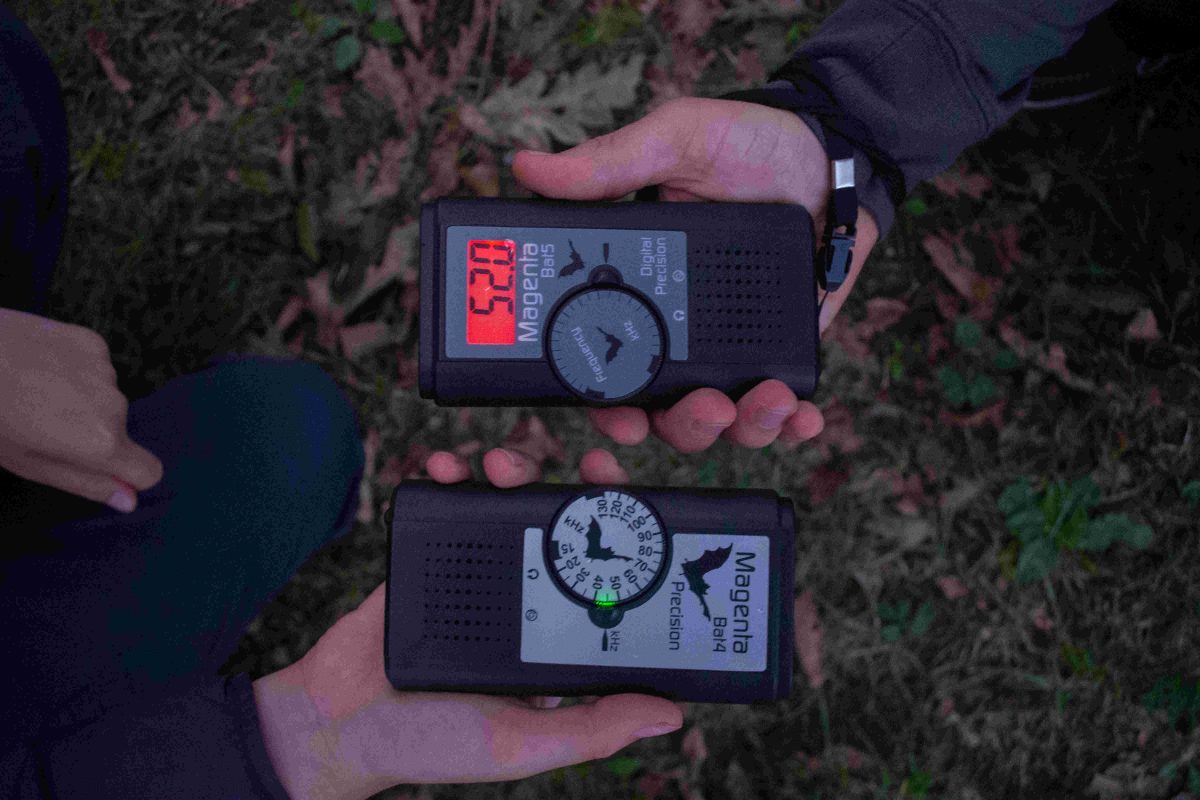
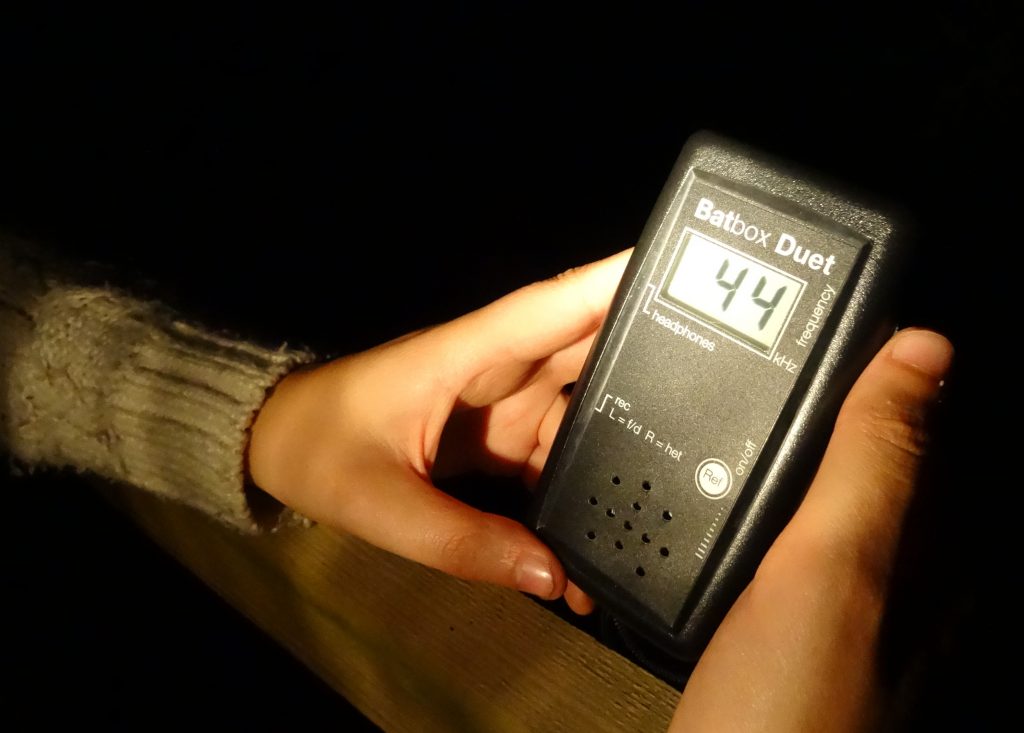
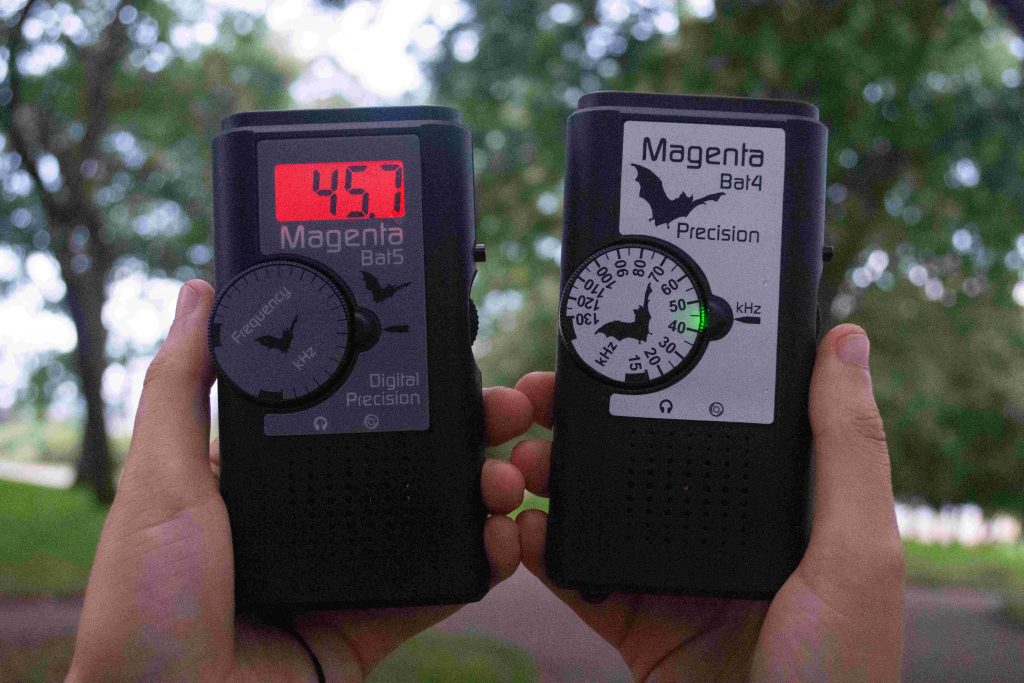
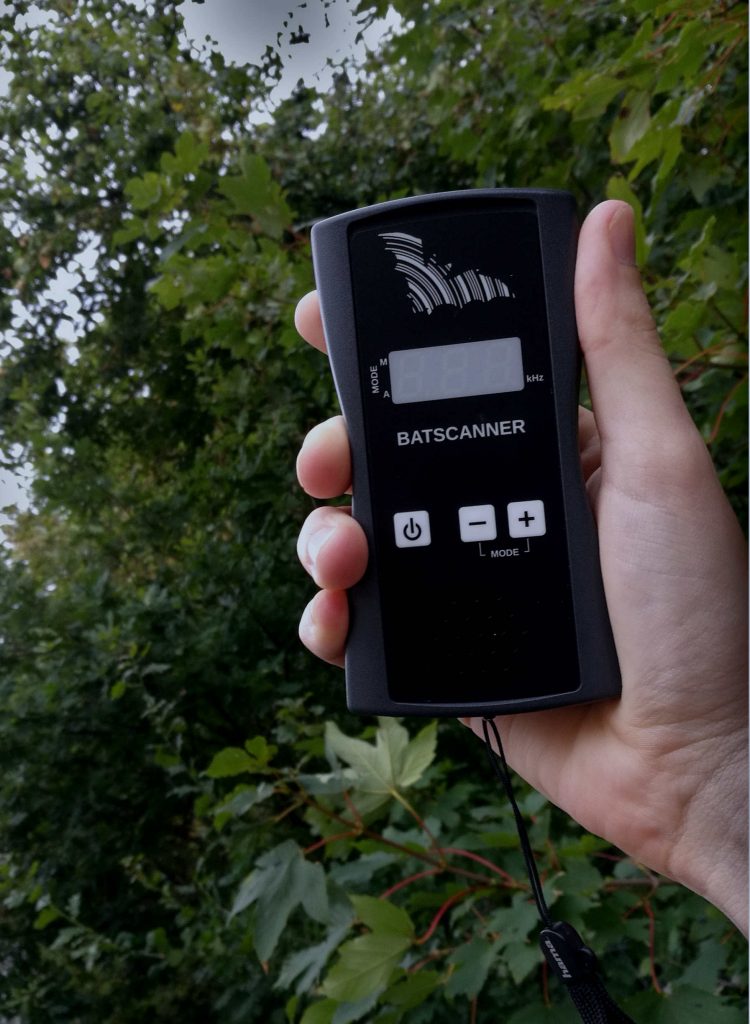
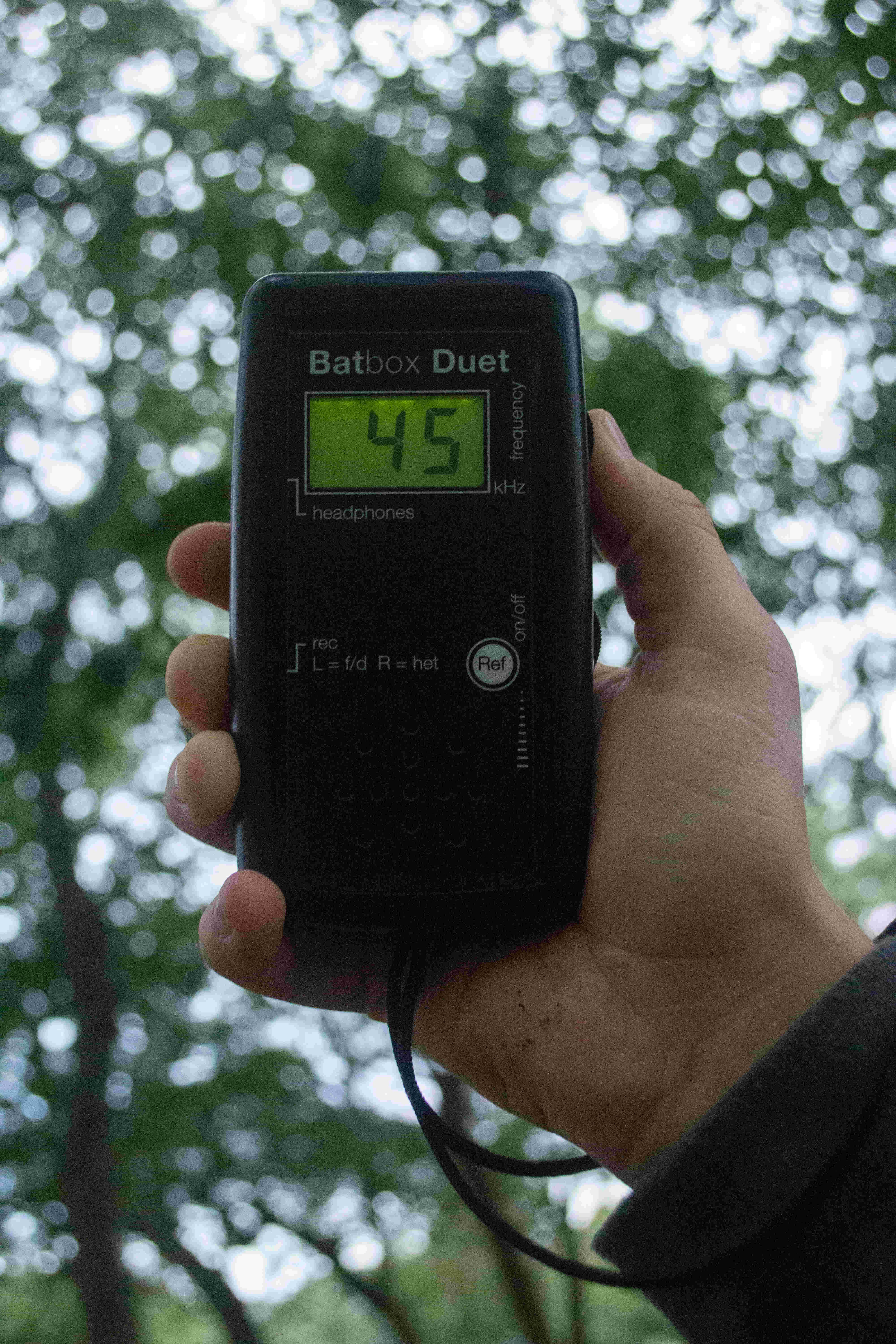
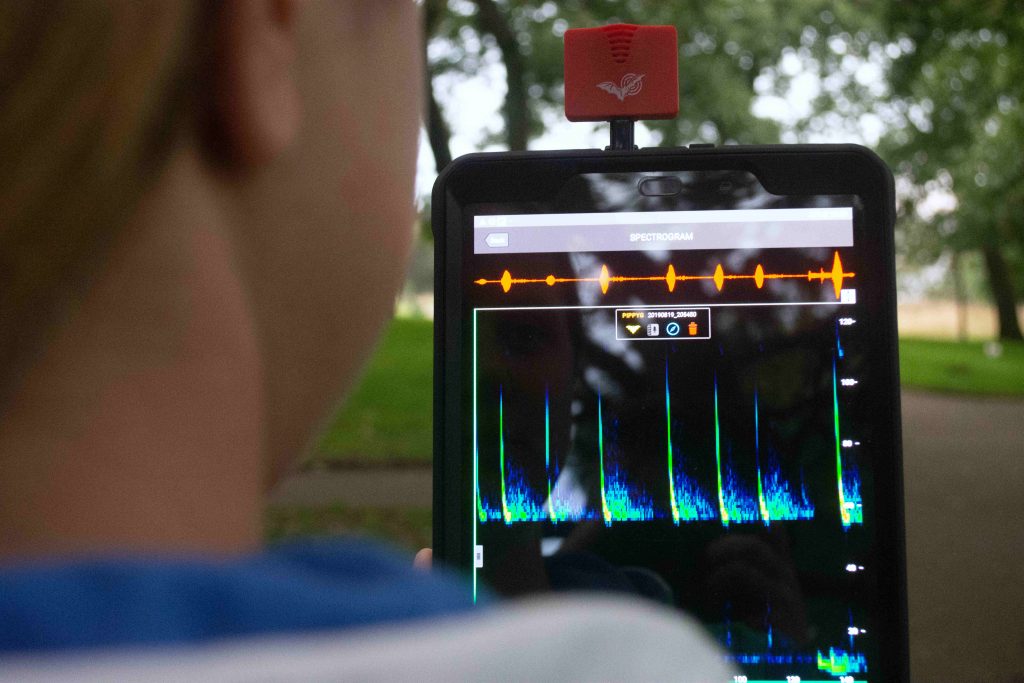
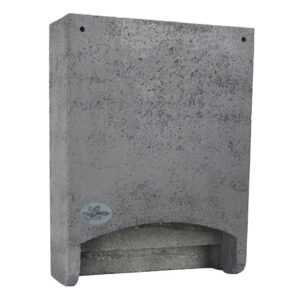
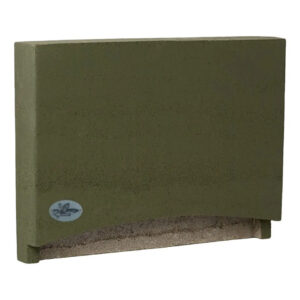
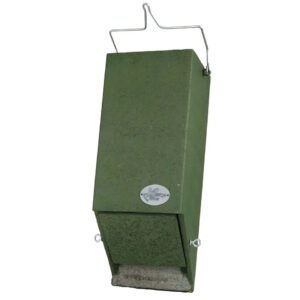

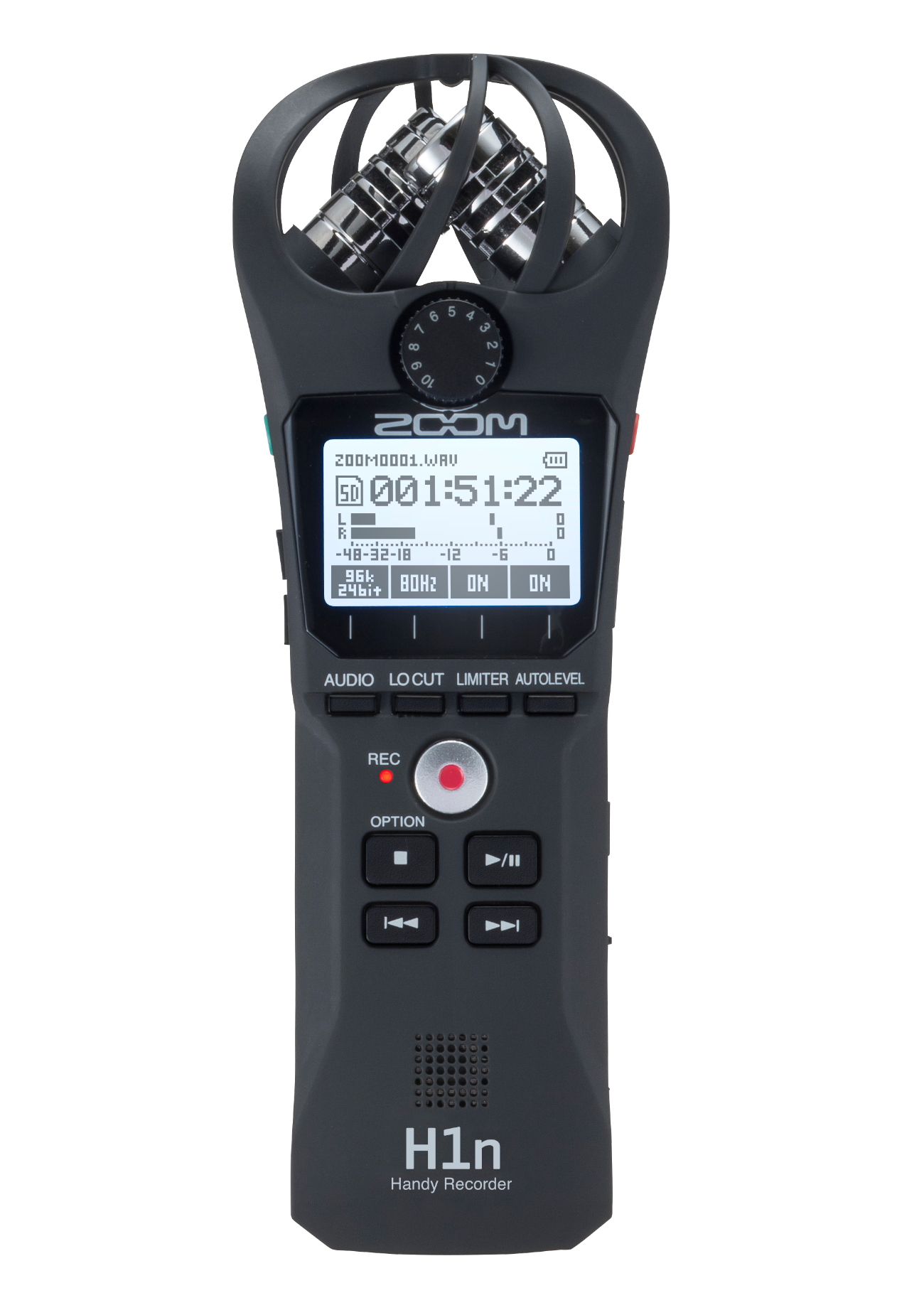
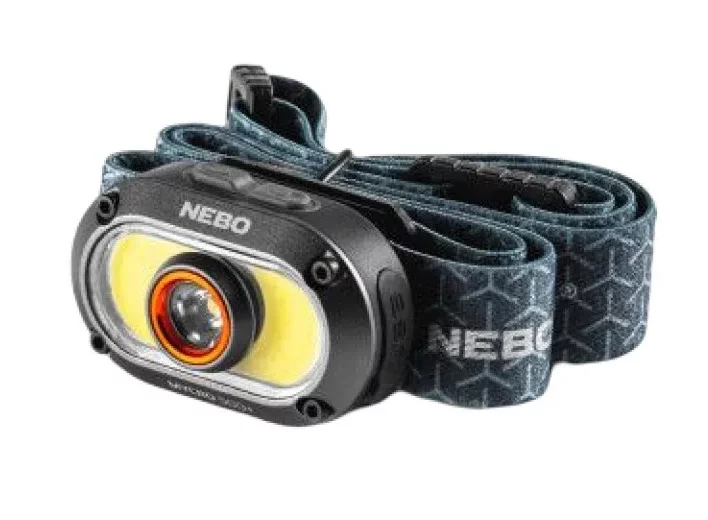
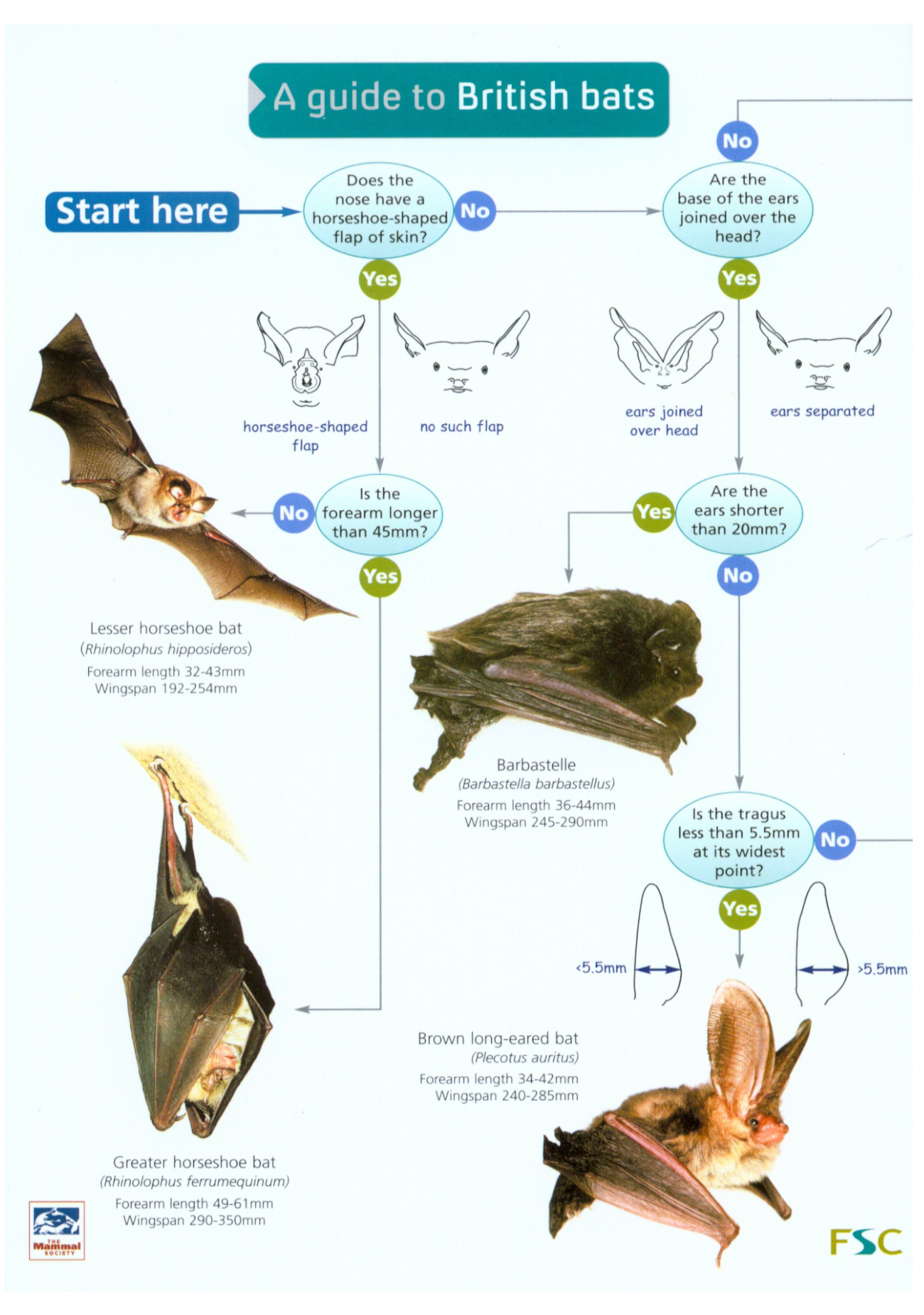
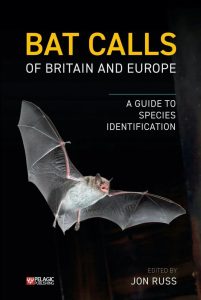
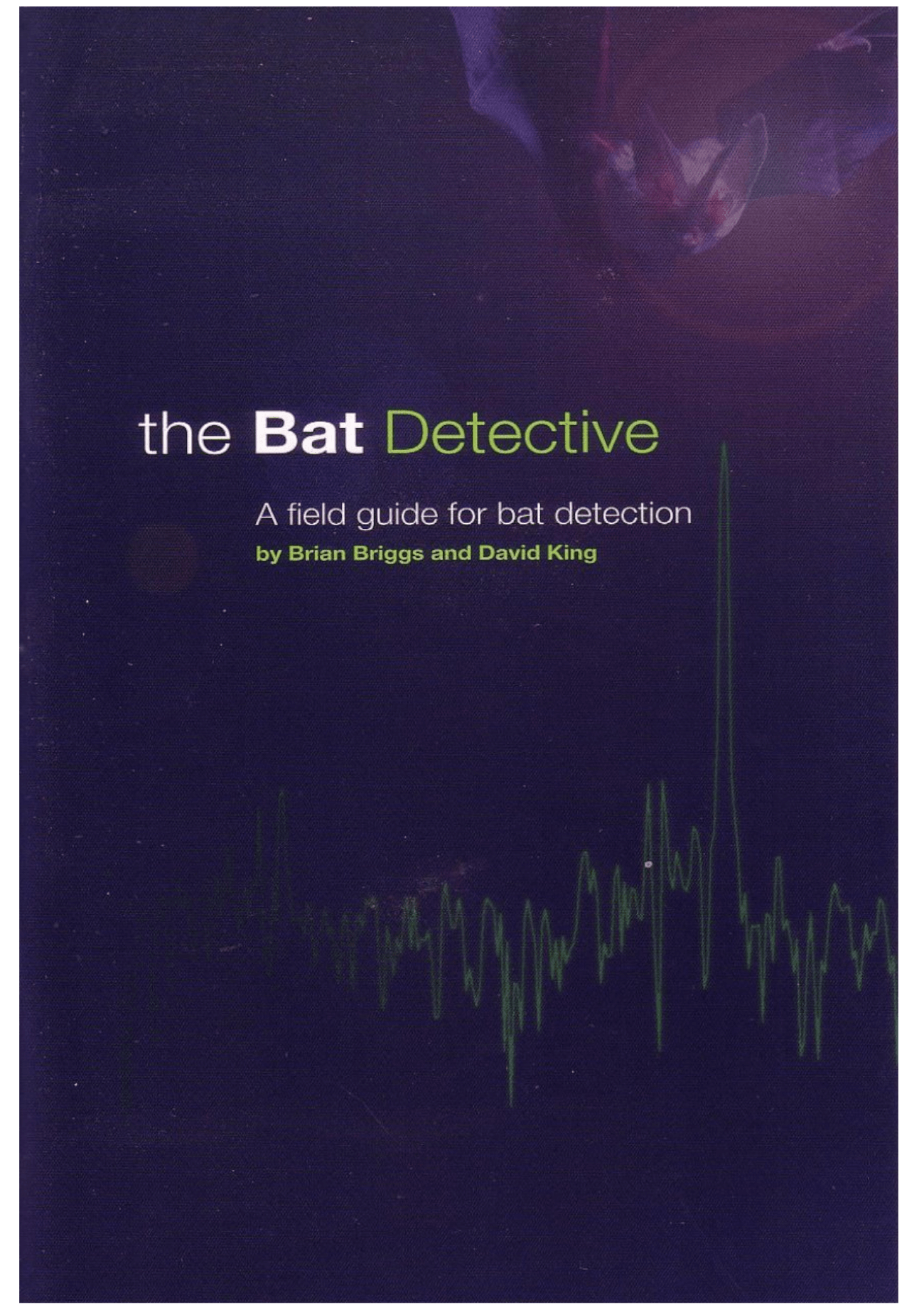
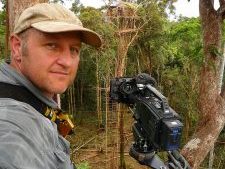
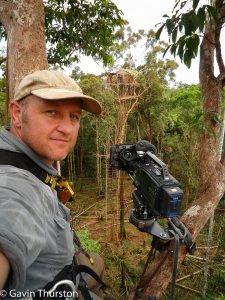
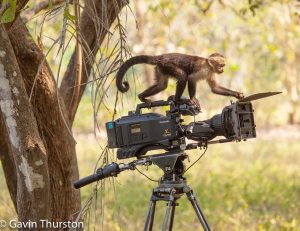
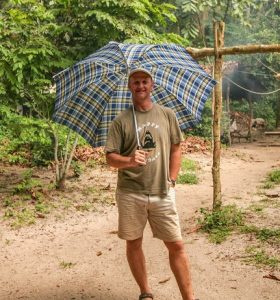
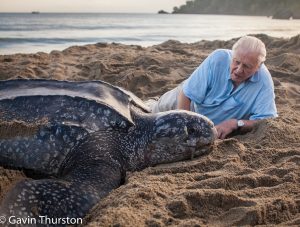
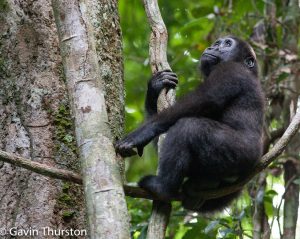

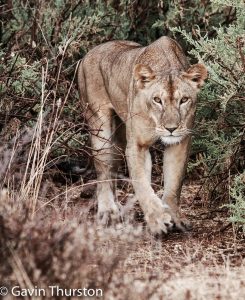
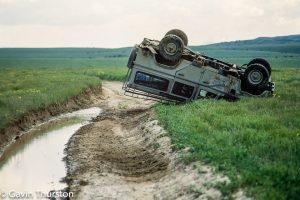
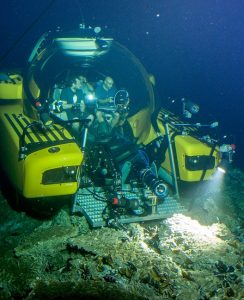

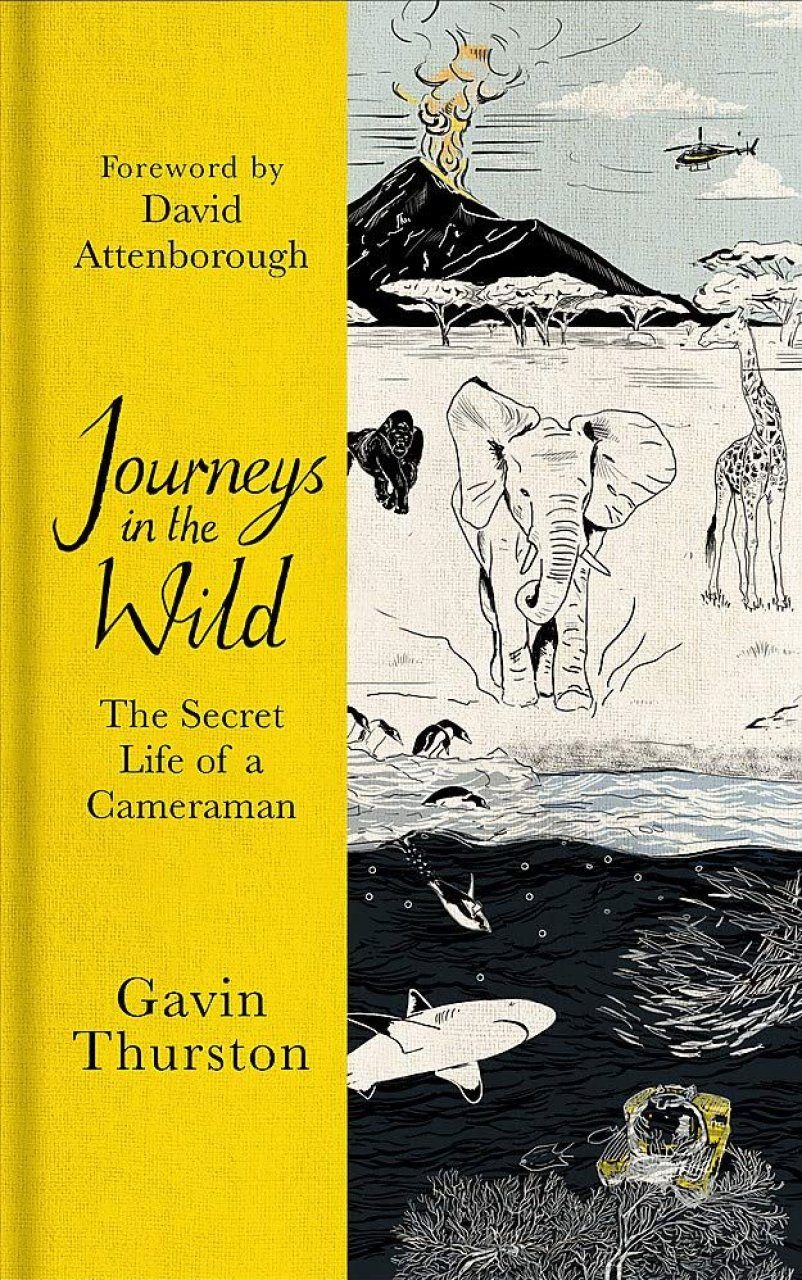
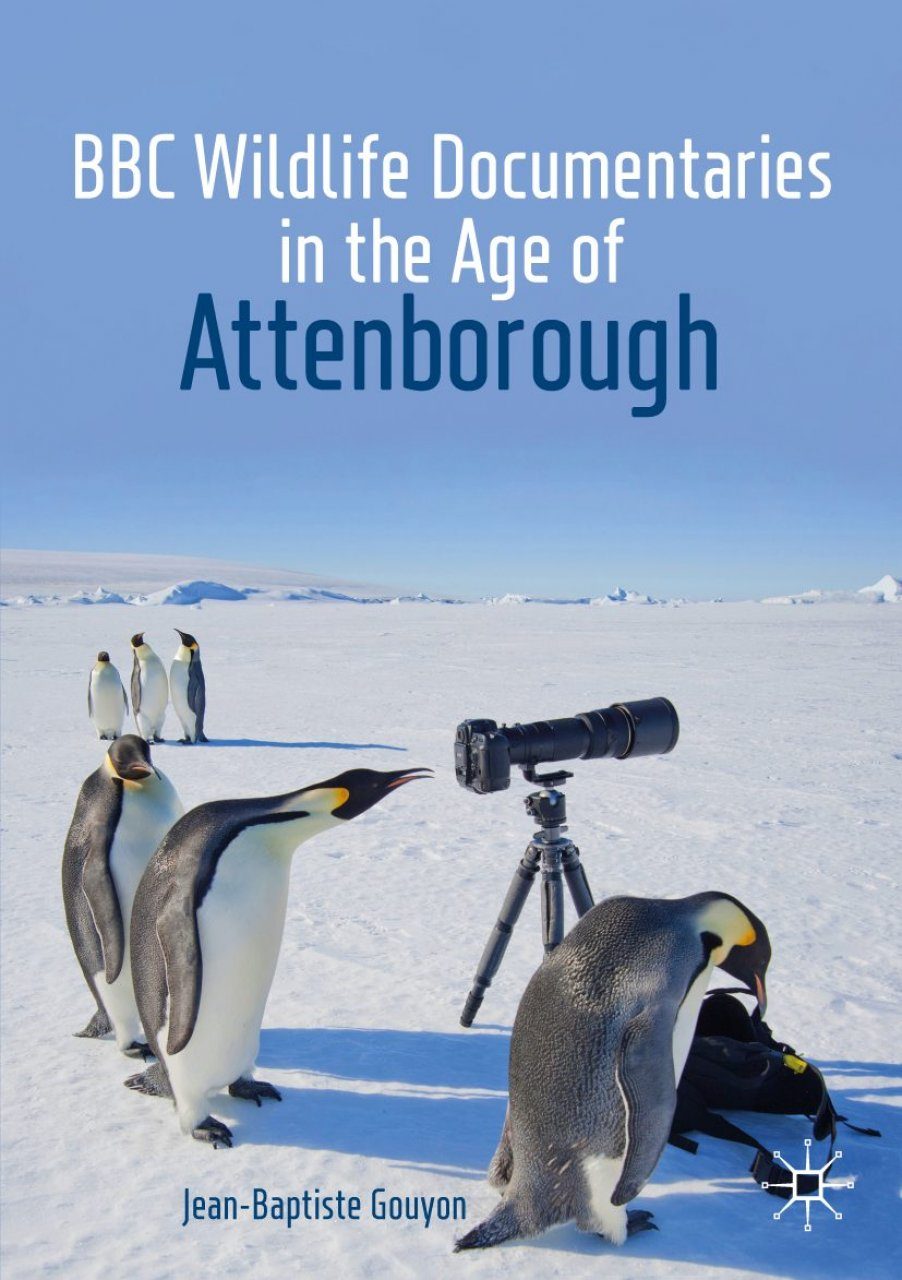

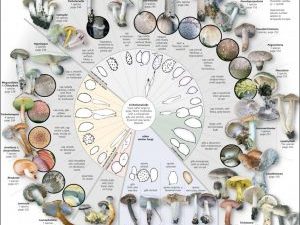
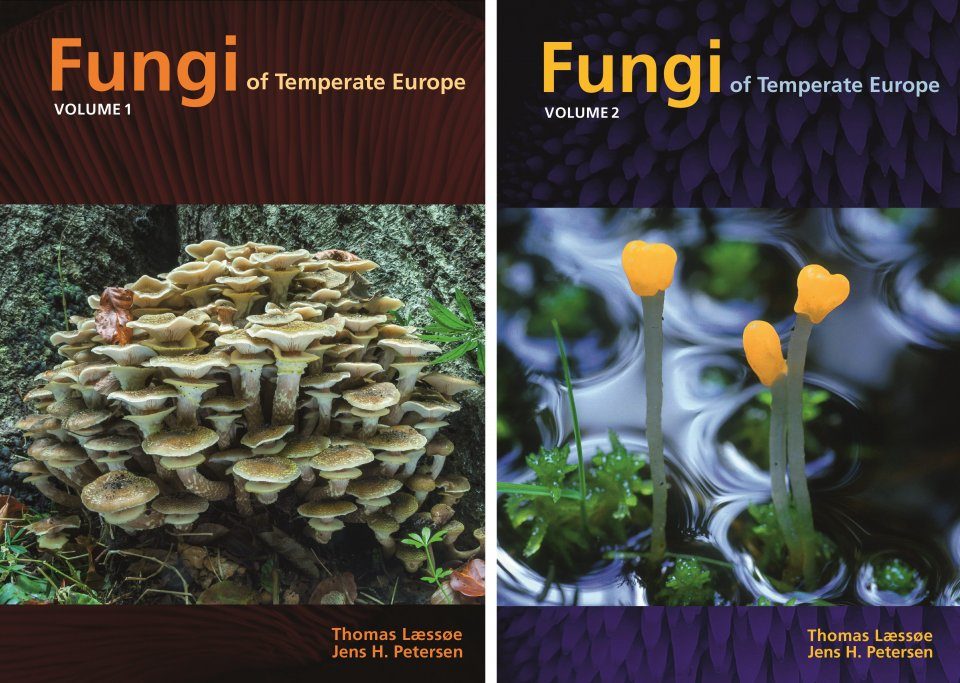
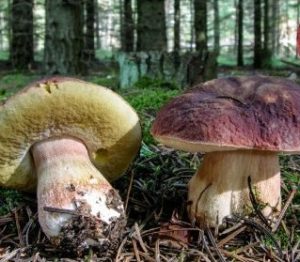 Could you tell us a little about your backgrounds and how you got interested in mycology?
Could you tell us a little about your backgrounds and how you got interested in mycology? 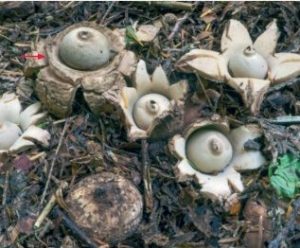 Two volumes, totalling over 1,700 pages must have a been a considerable undertaking; can you let us know a little of the process and how long it has taken for this book to come to fruition?
Two volumes, totalling over 1,700 pages must have a been a considerable undertaking; can you let us know a little of the process and how long it has taken for this book to come to fruition? 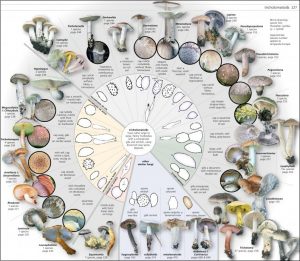 The book uses ‘form group’ to identify and present the fungi rather than exclusively strict taxonomic groups; what influenced you to use form groups and fungi wheels?
The book uses ‘form group’ to identify and present the fungi rather than exclusively strict taxonomic groups; what influenced you to use form groups and fungi wheels? 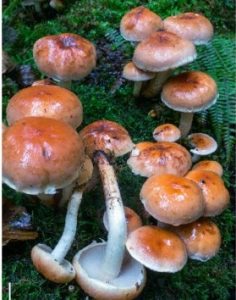 What is the biggest challenge when studying fungi?
What is the biggest challenge when studying fungi? 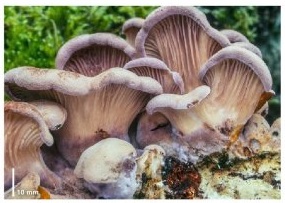 After such an endeavour you surely deserve a rest, but have either of you got any future projects planned that you can tell us about?
After such an endeavour you surely deserve a rest, but have either of you got any future projects planned that you can tell us about? 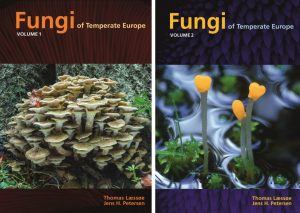
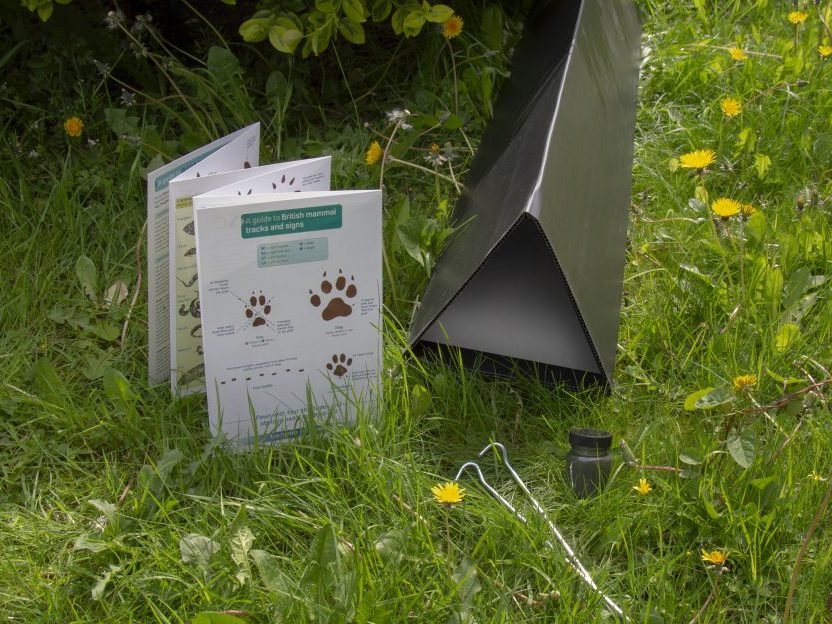
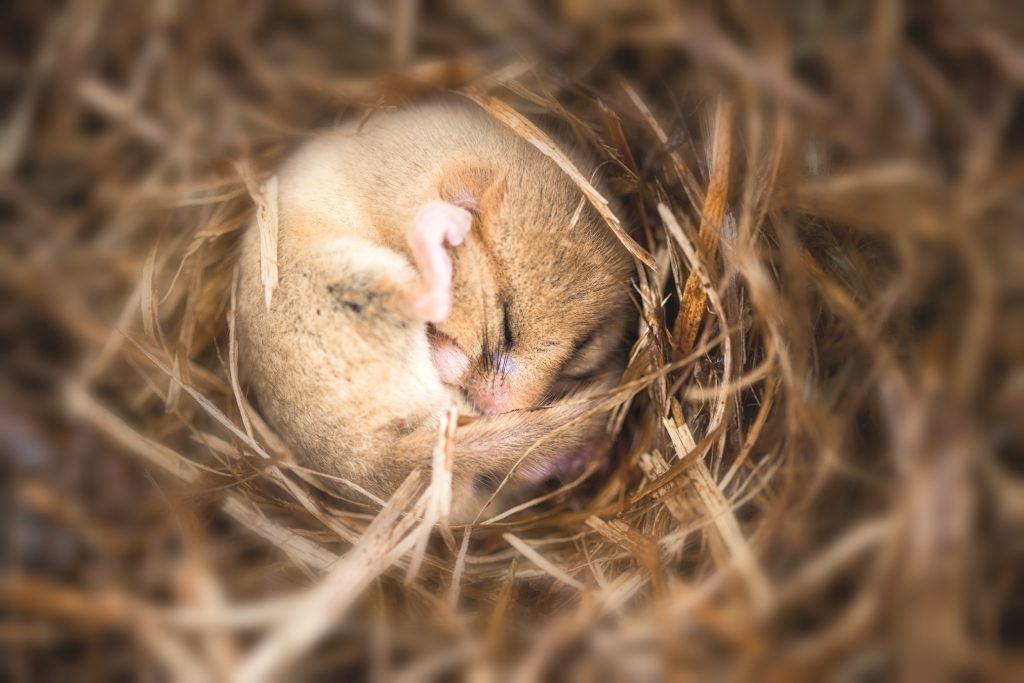
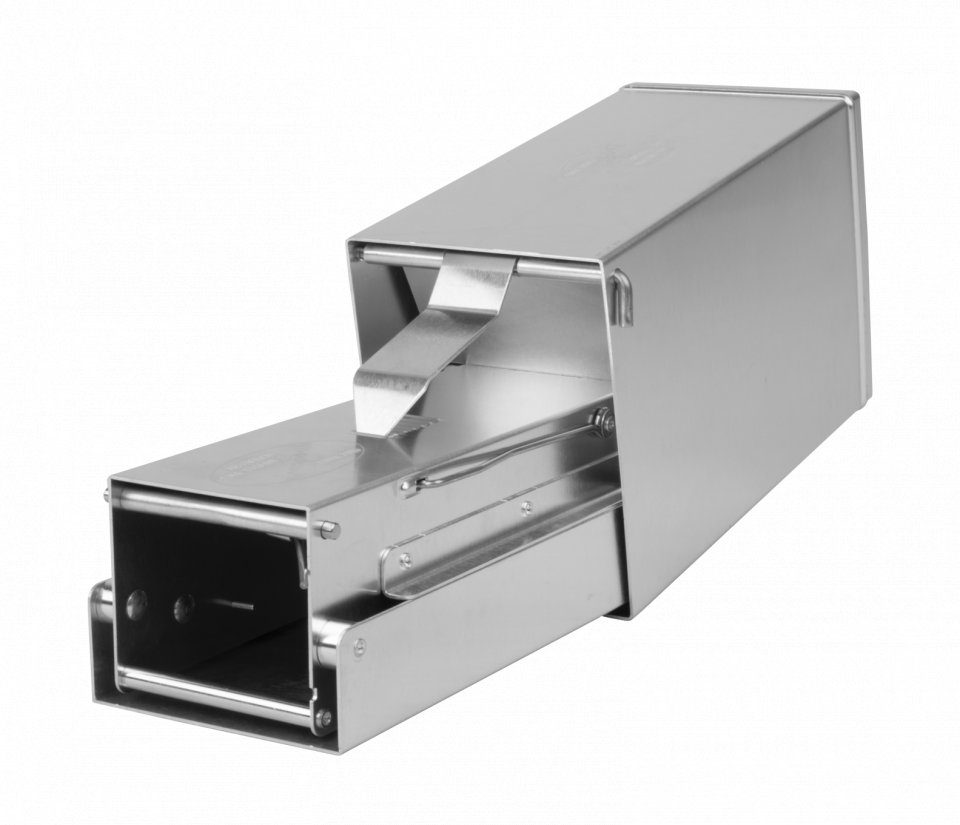
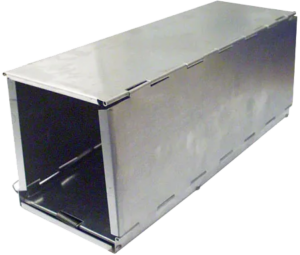

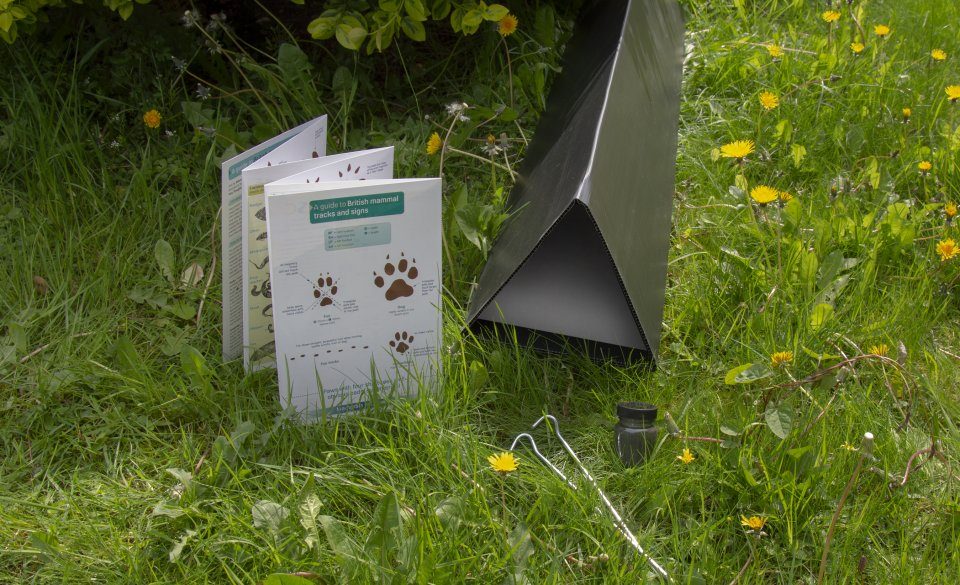
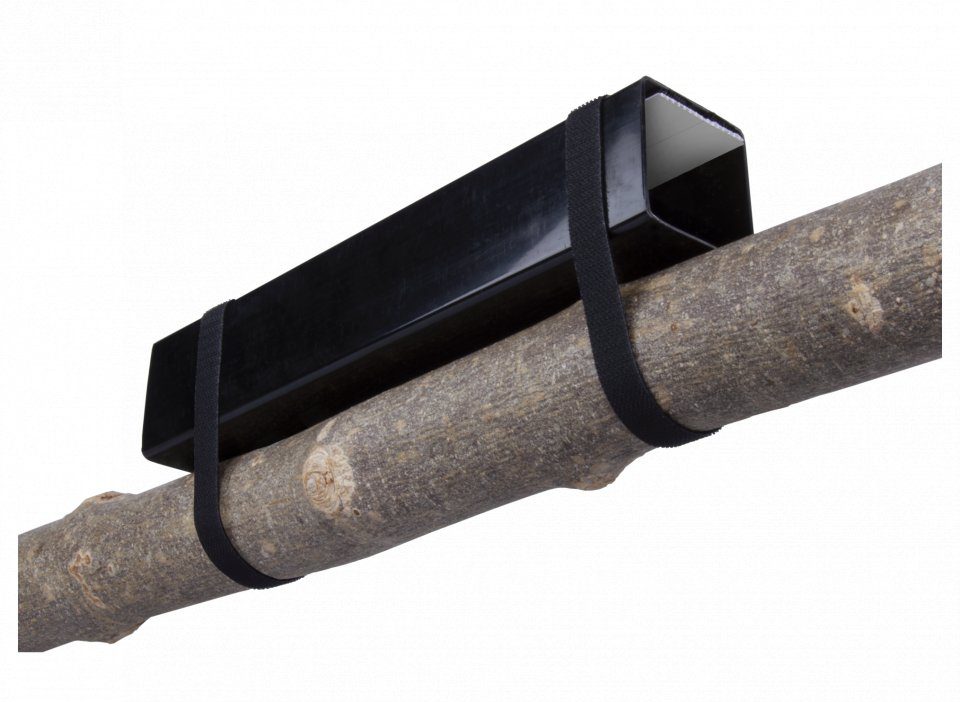
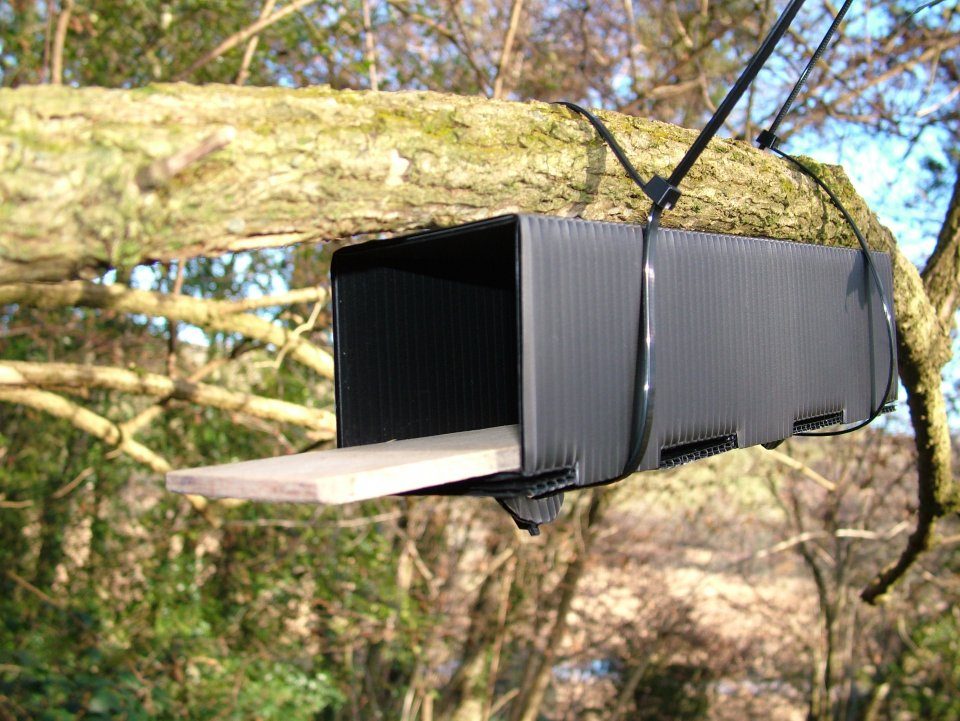
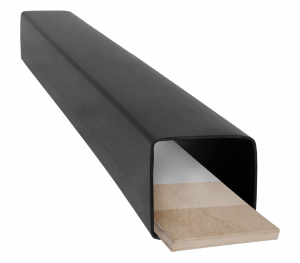 Dormouse Footprint Tunnels
Dormouse Footprint Tunnels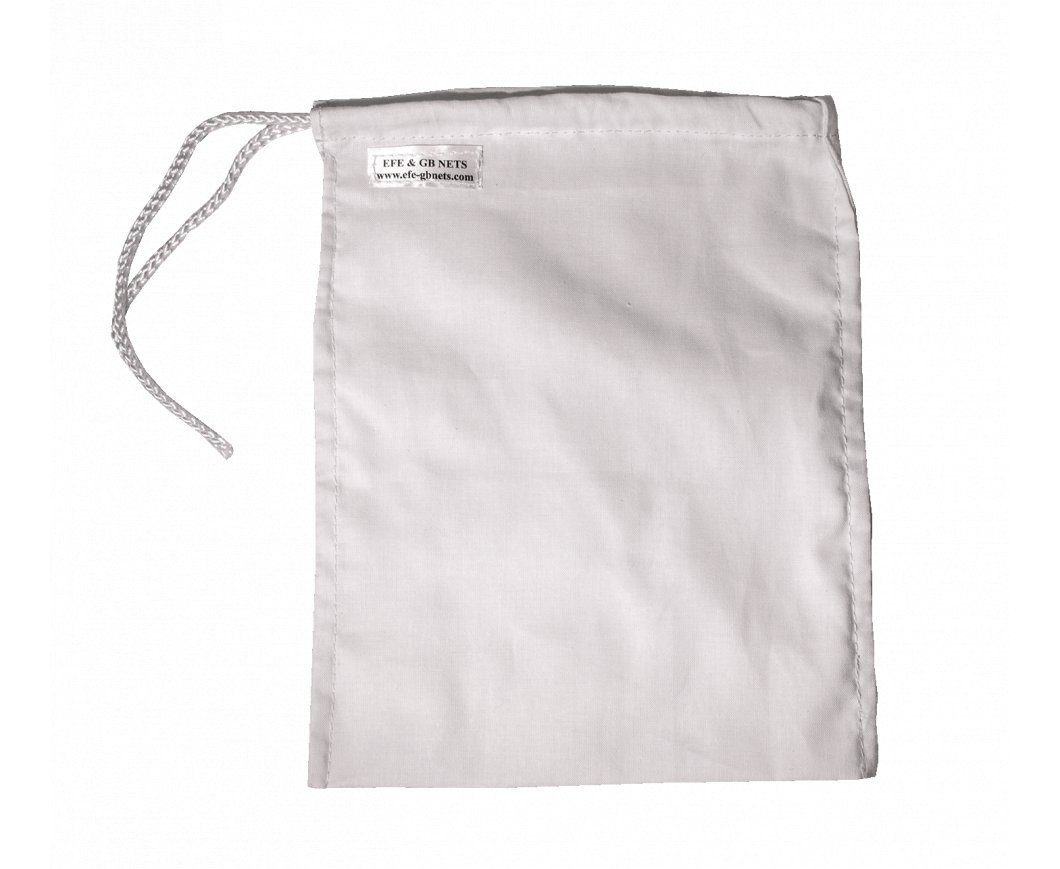
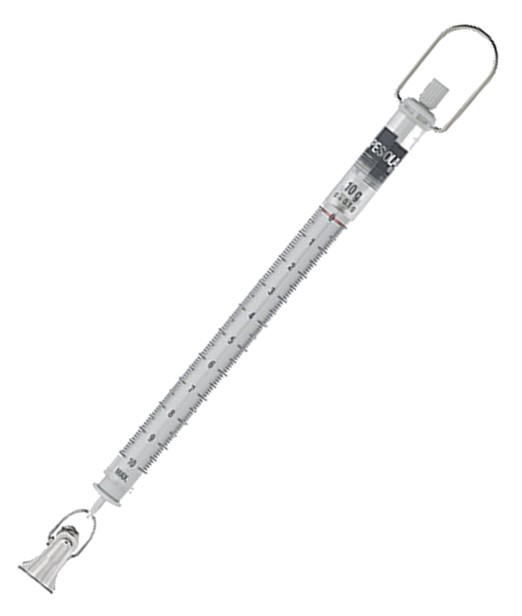

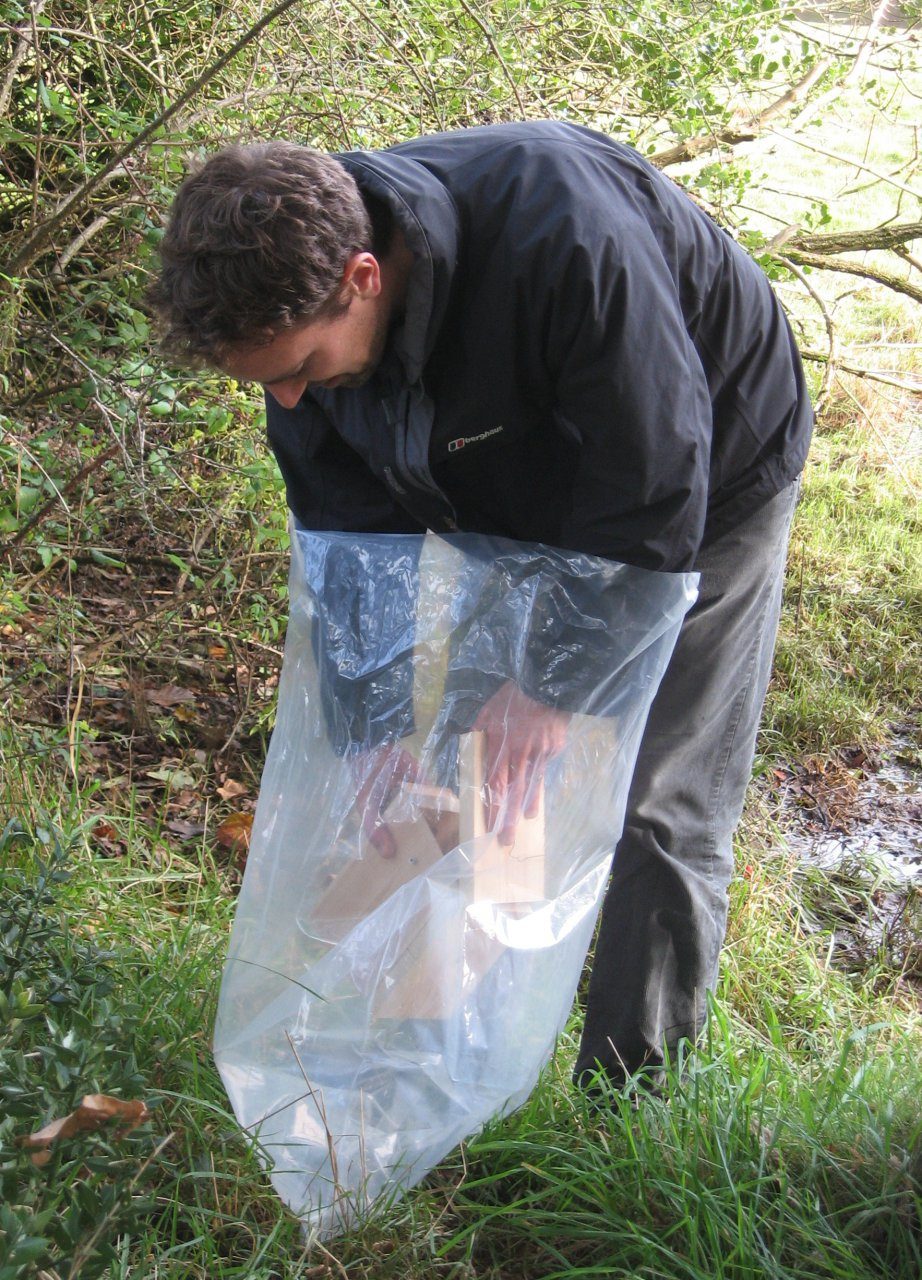


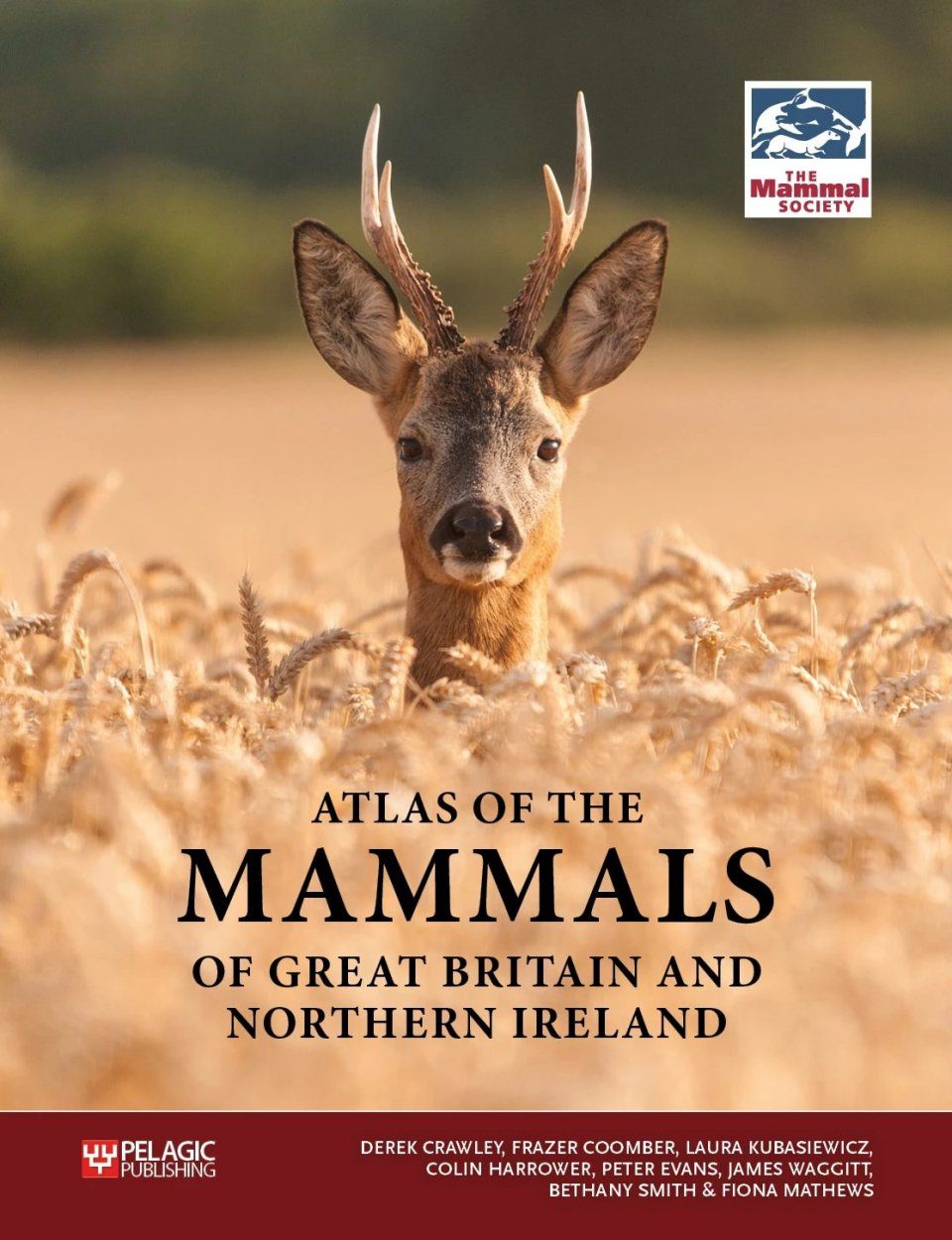
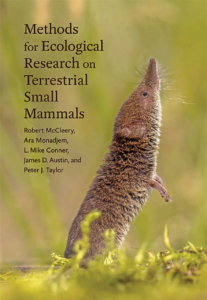
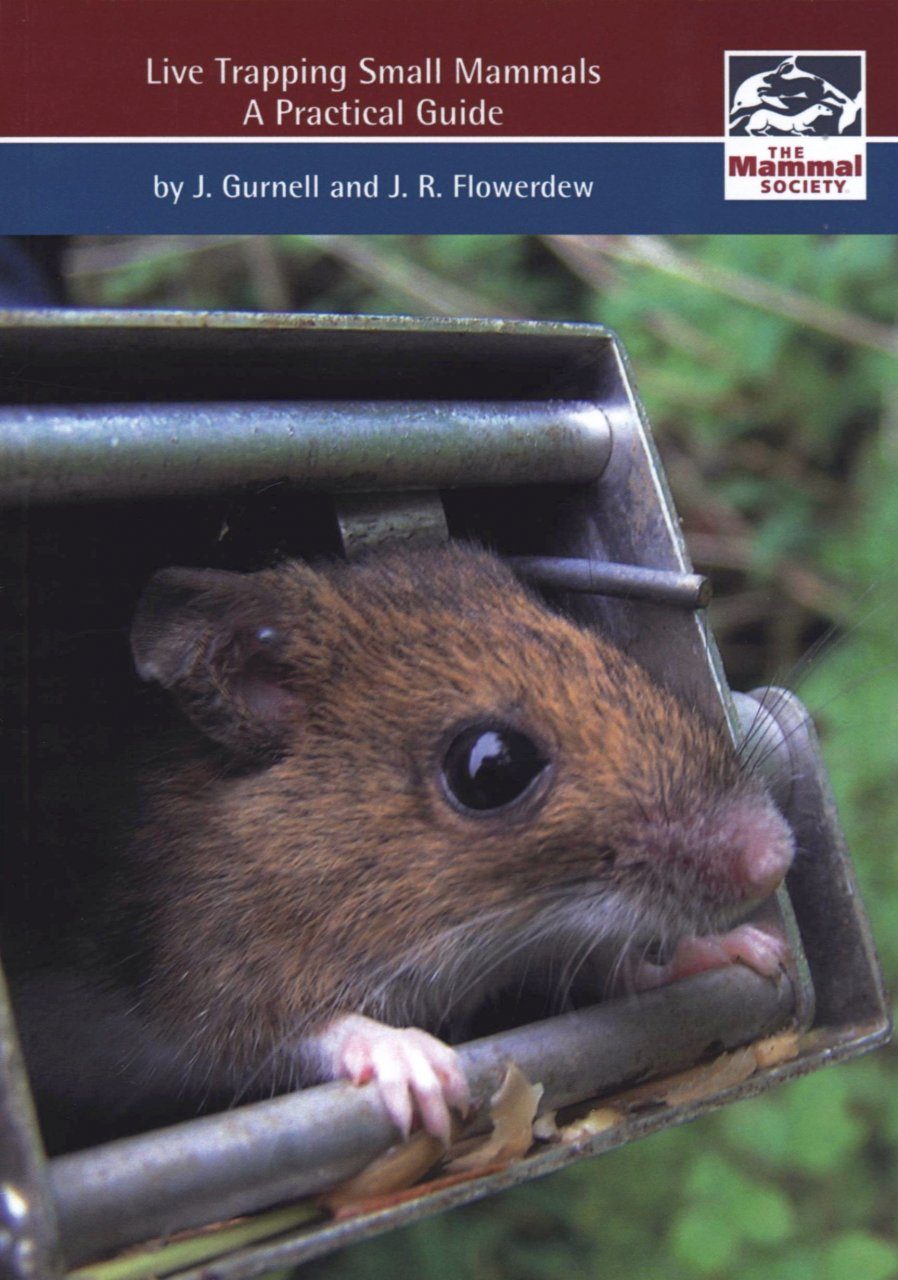 Live Trapping of Small Mammals
Live Trapping of Small Mammals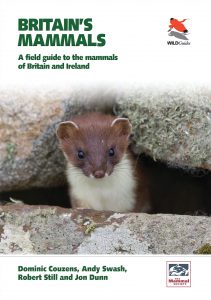
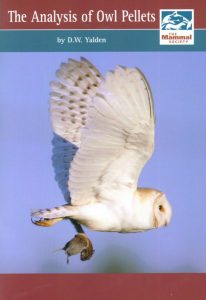
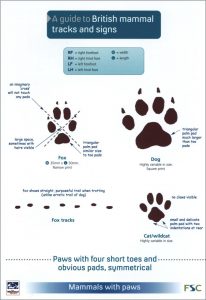

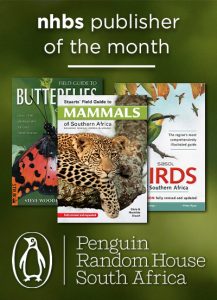

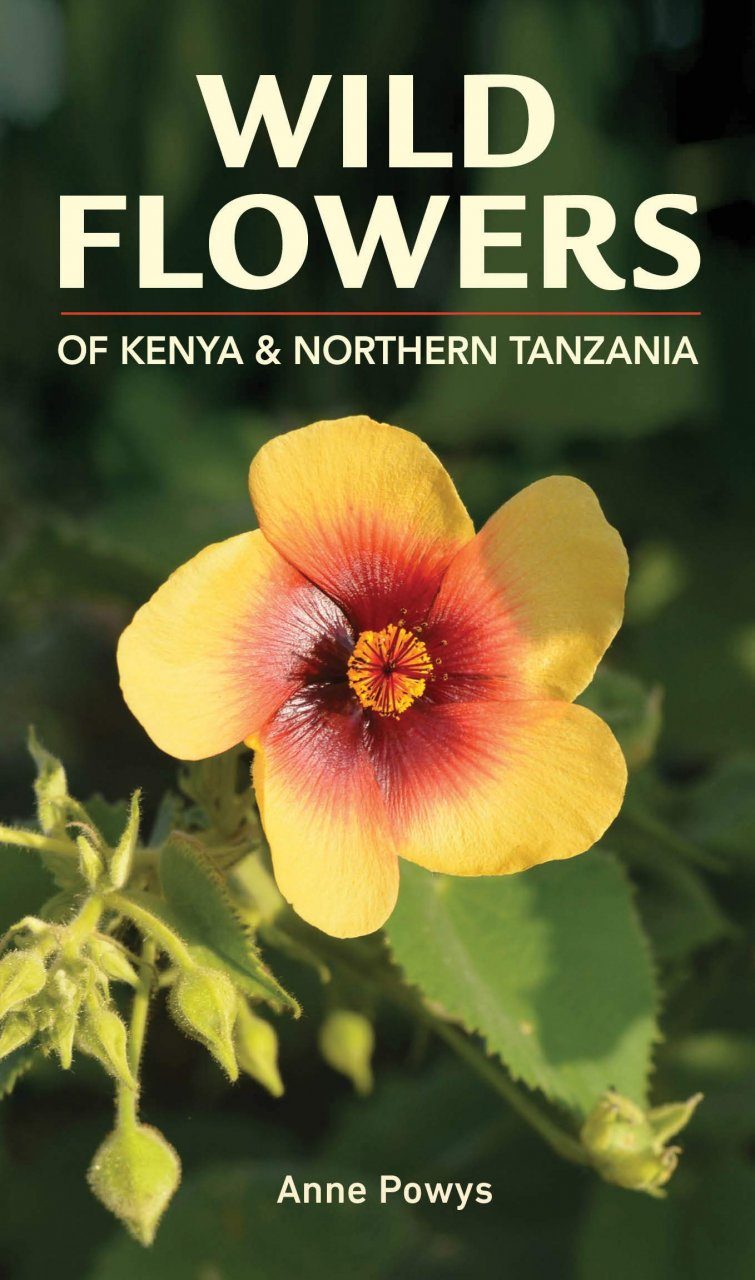
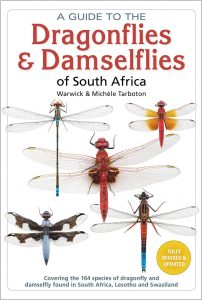
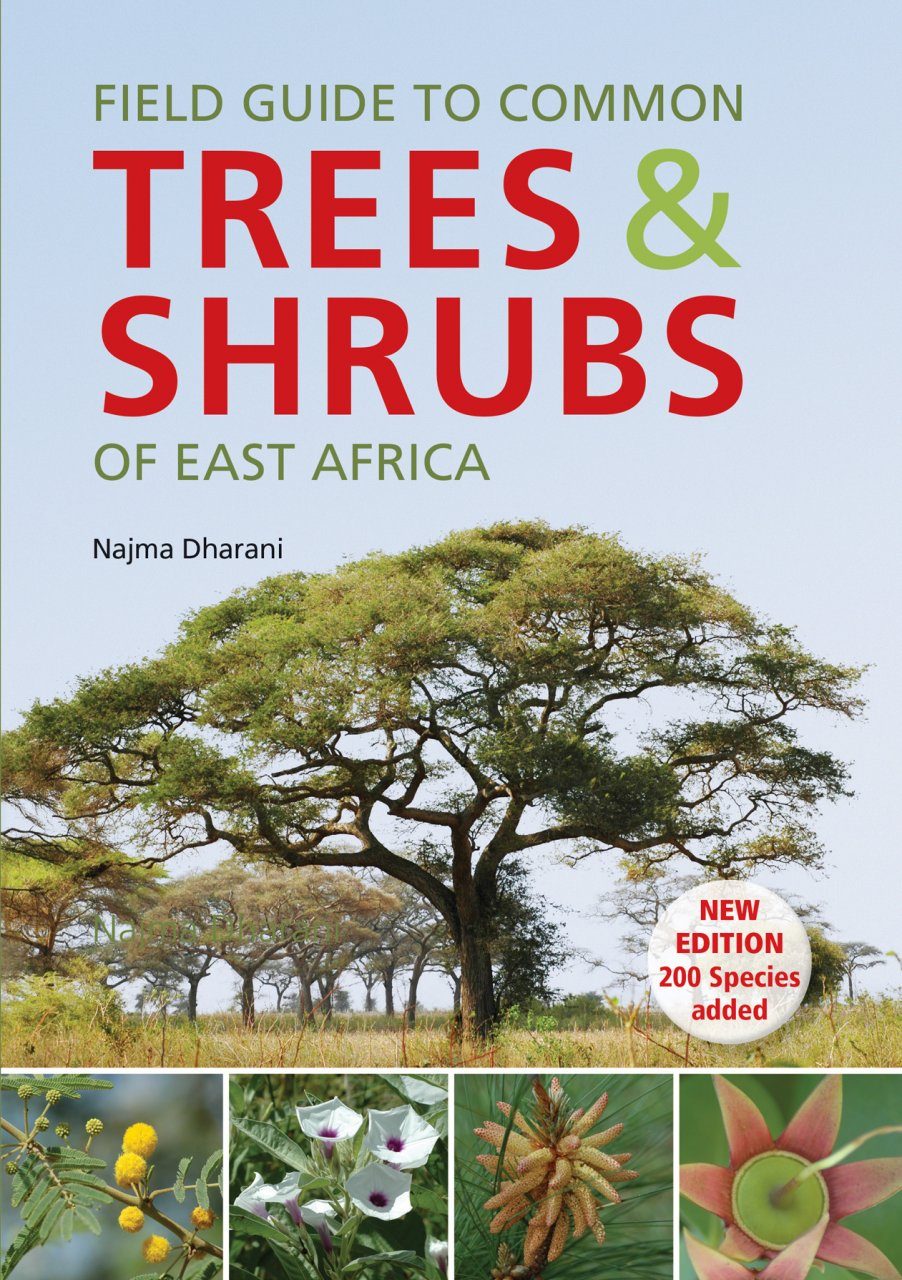
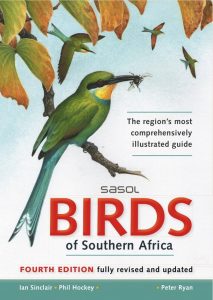
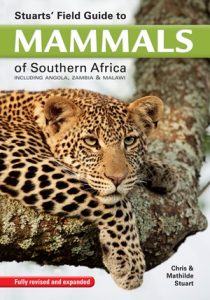
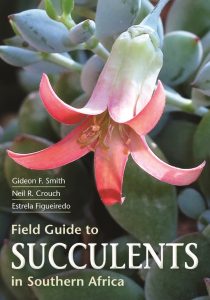
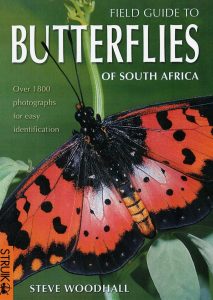
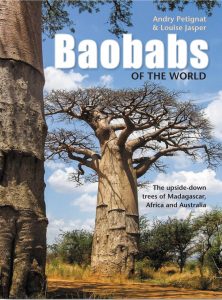

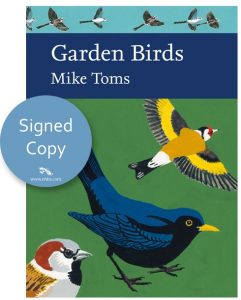

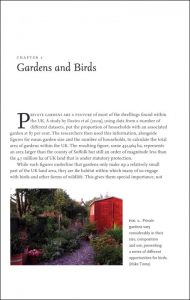 wanting to live in gardens?
wanting to live in gardens?